Scientific name: Solanum conocarpum
POWO Status: Shrub
IUCN Red List threat level: Endangered
GPS Location: 17° 42′ 59.40″ N, 64° 49′ 49.52 W
Conservation Garden
Marron bacora (Solanum conocarpum) is an endangered species, officially listed as such by the U.S. Fish and Wildlife Service in 2022 under the Endangered Species Act. The species was once thought extinct but was rediscovered in 1992 and is threatened by habitat destruction, invasive species, and urban sprawl. This rare and endangered woody shrub is endemic to the island of St. John. Once thought extinct, it was rediscovered in the wild and is now part of regional conservation efforts. Marron bacora produces small purple flowers and fleshy fruit and plays a subtle but vital role in dry forest ecosystems.
This species represents a unique opportunity for the Garden to contribute to the preservation of native flora, engage the public in endangered species awareness, and participate in habitat-based phenological monitoring. Inclusion of this species highlights the Garden’s broader commitment to the stewardship of native and threatened Caribbean plants, beyond the scope of tree collection requirements alone.
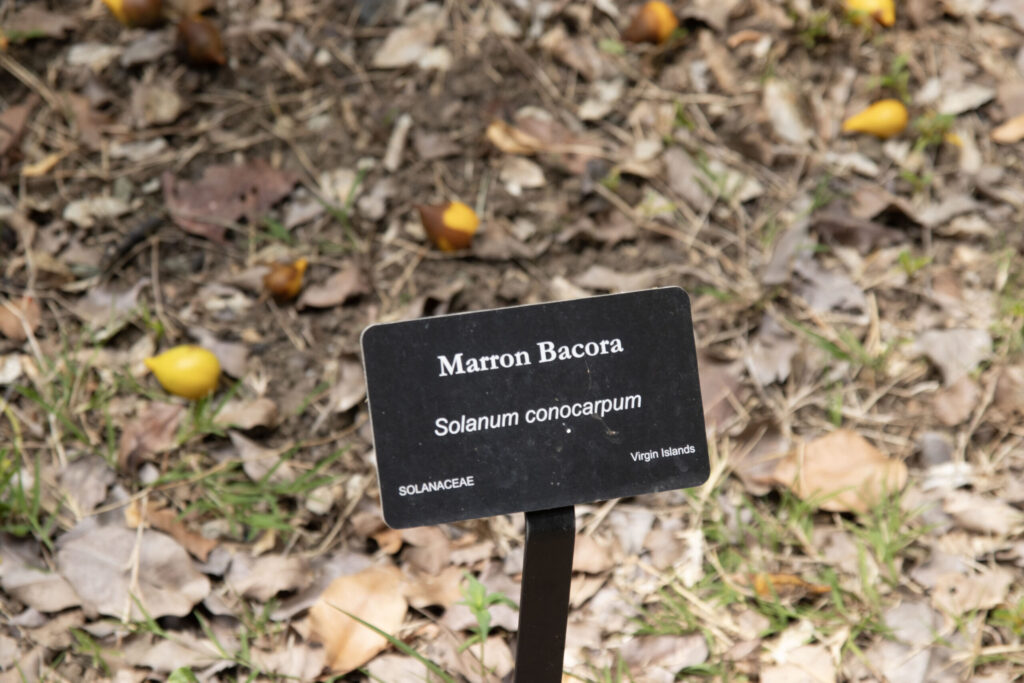
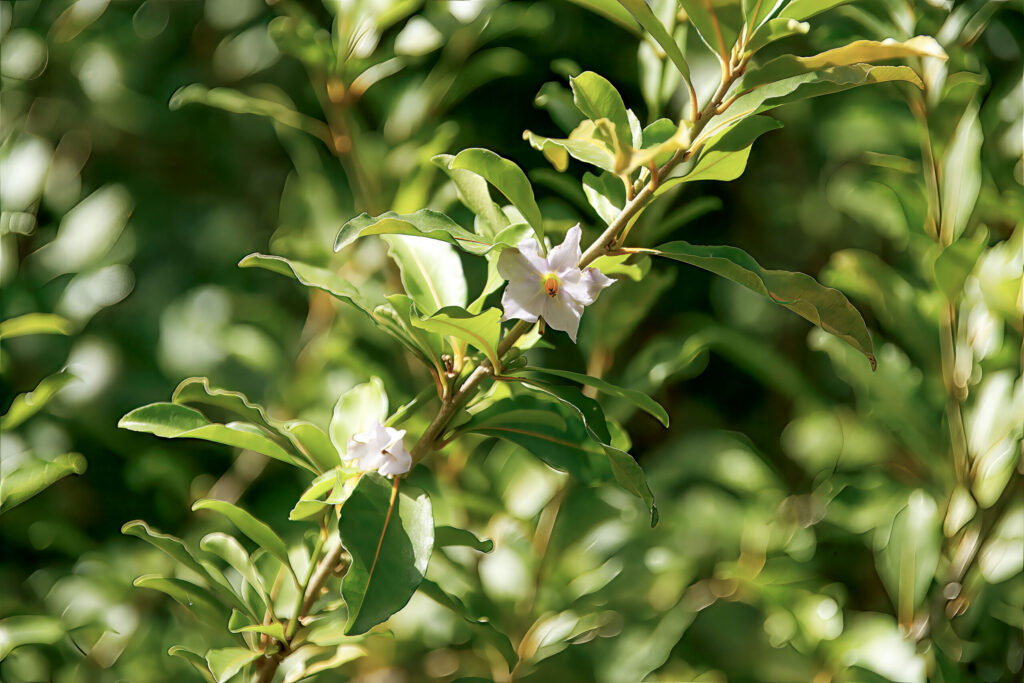
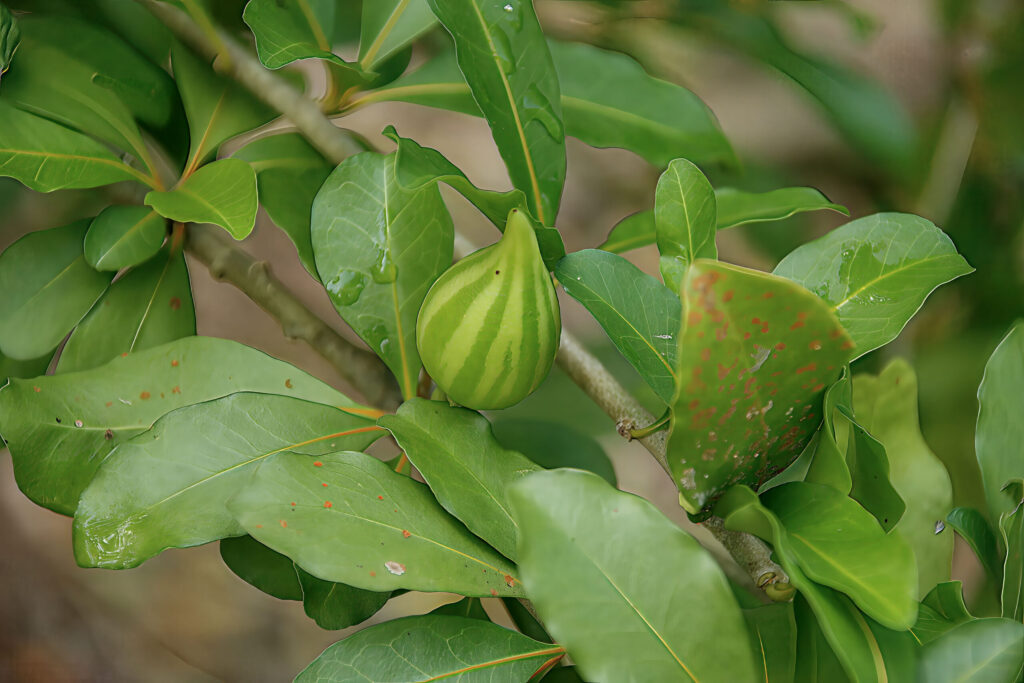
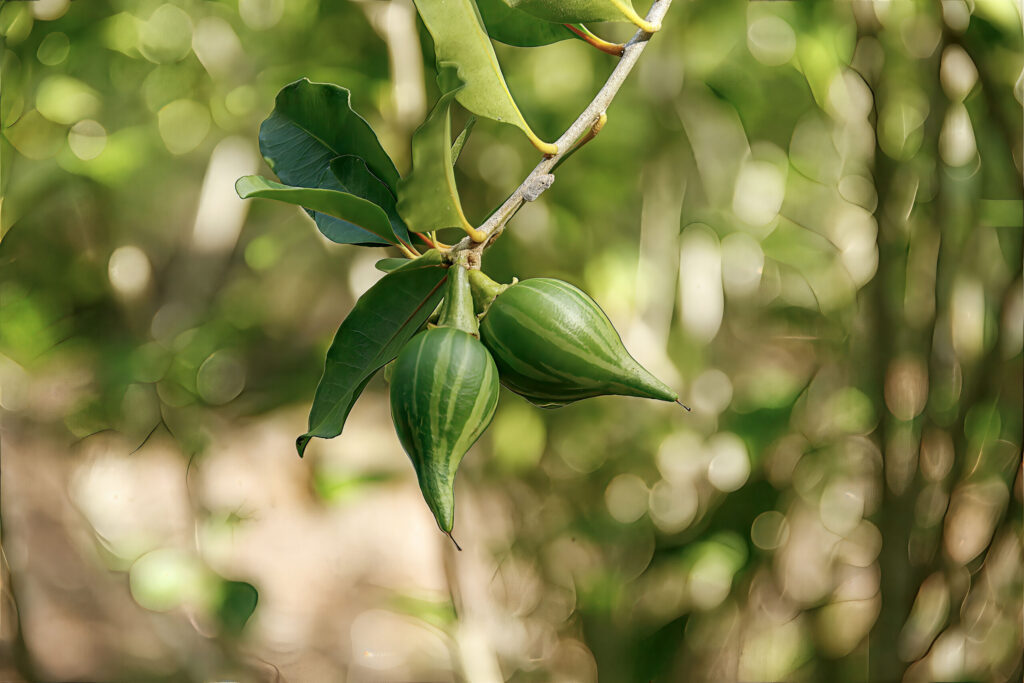
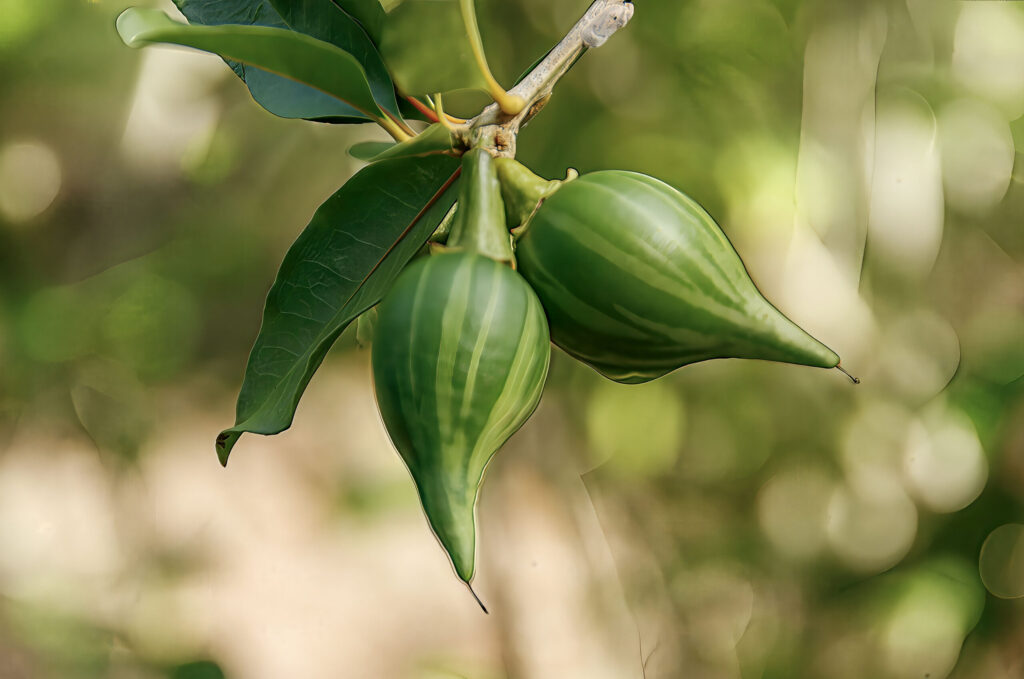
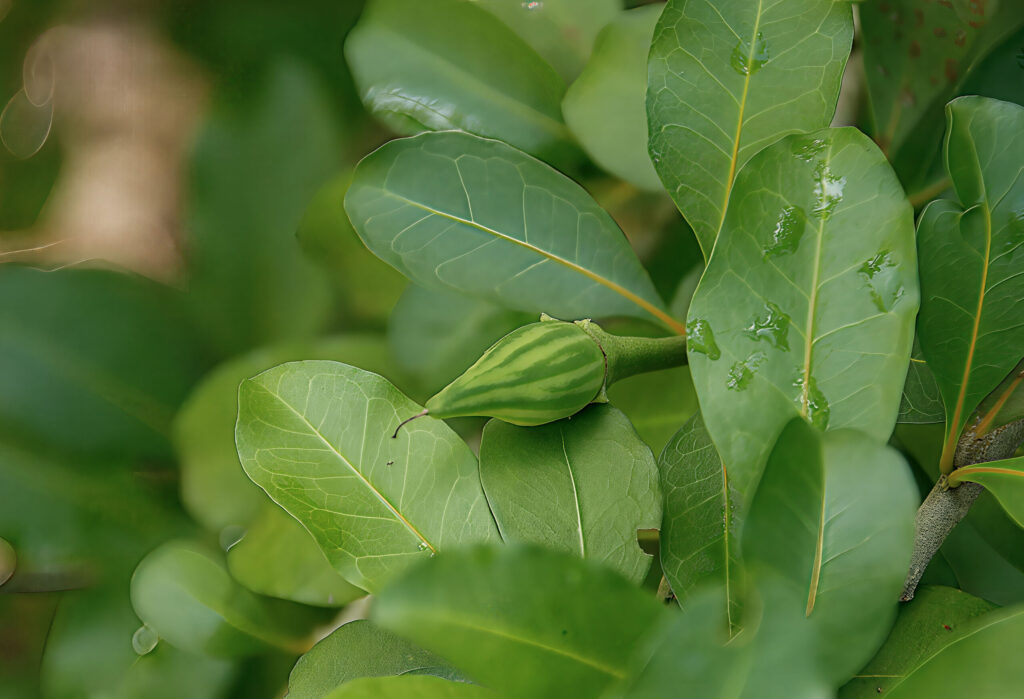
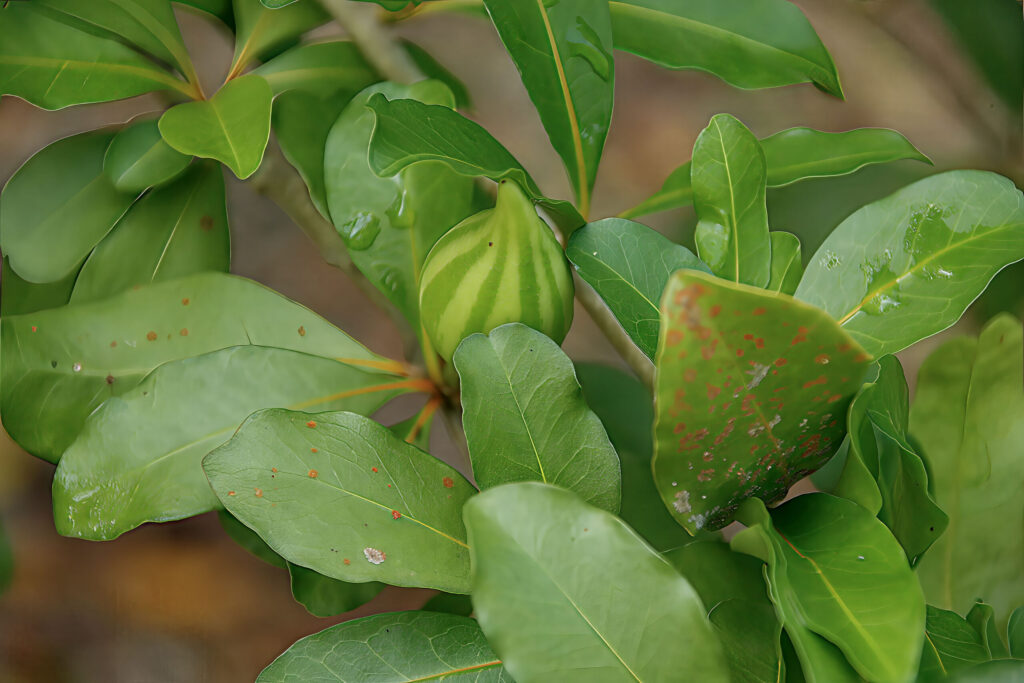
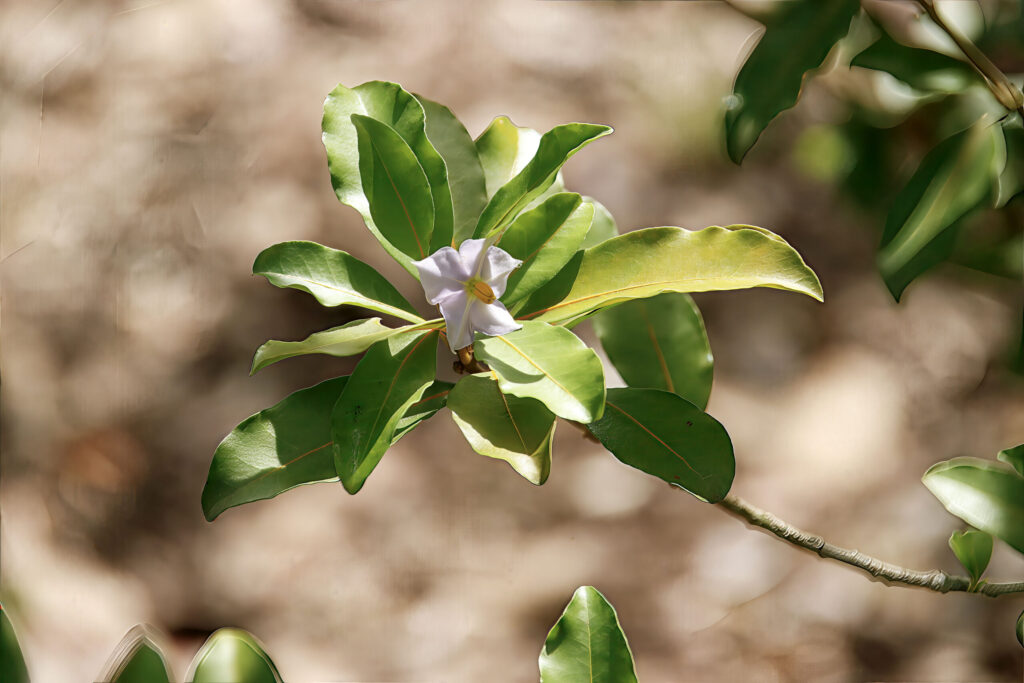
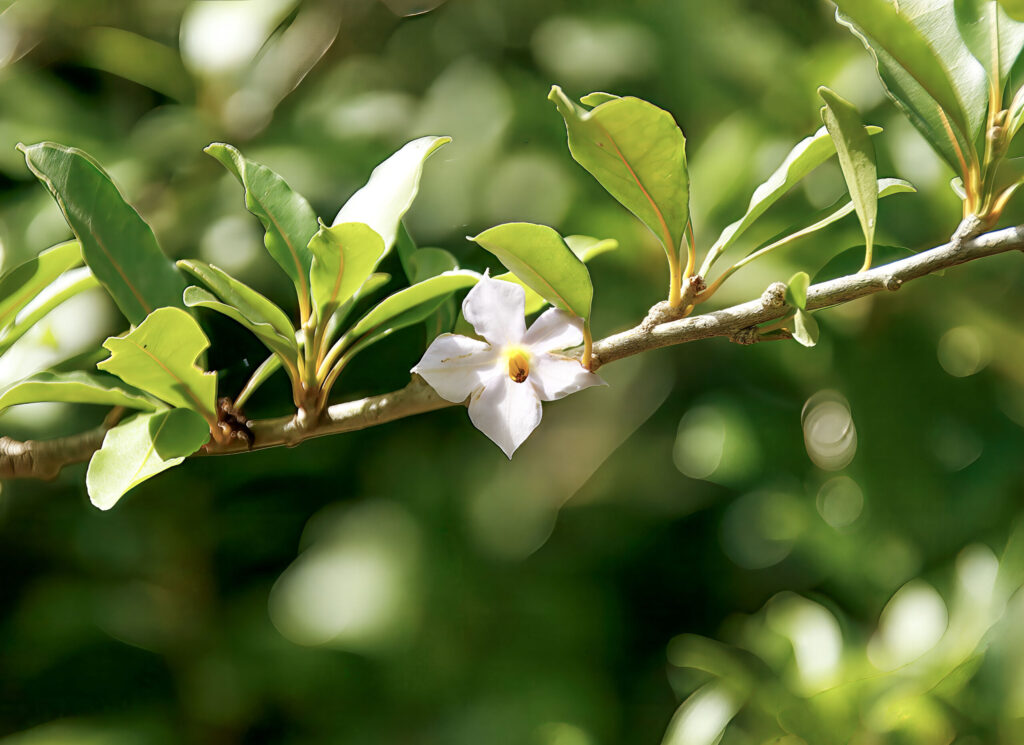
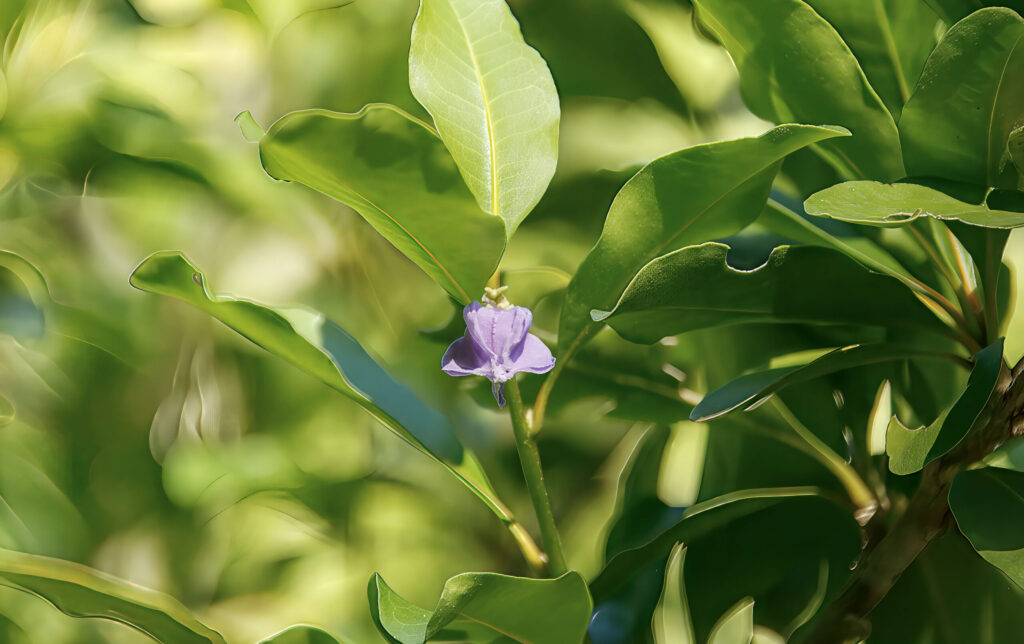
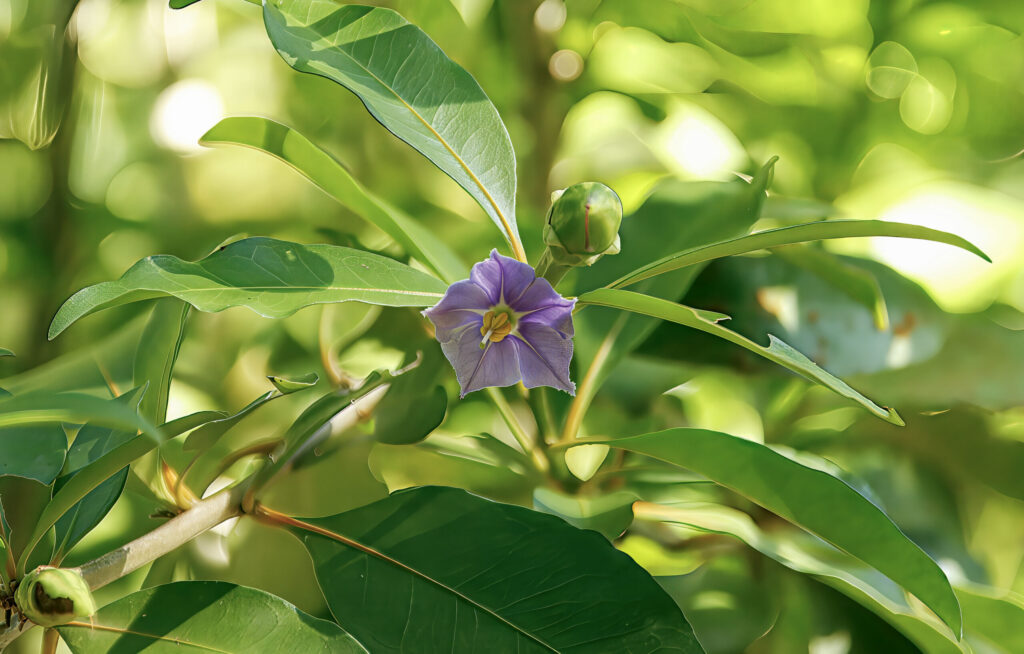
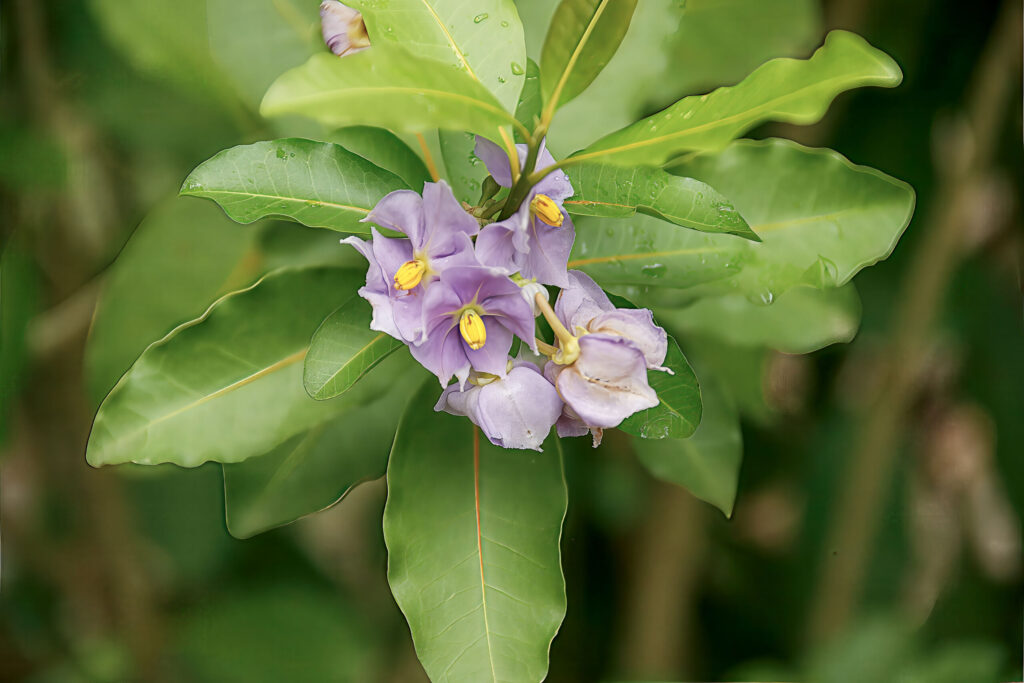
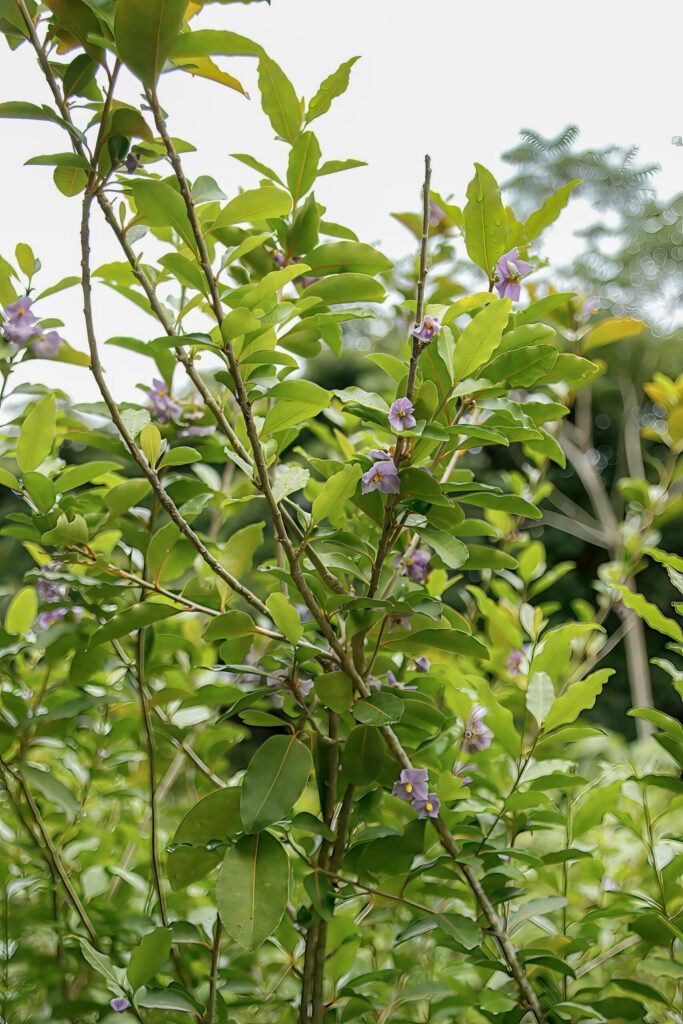
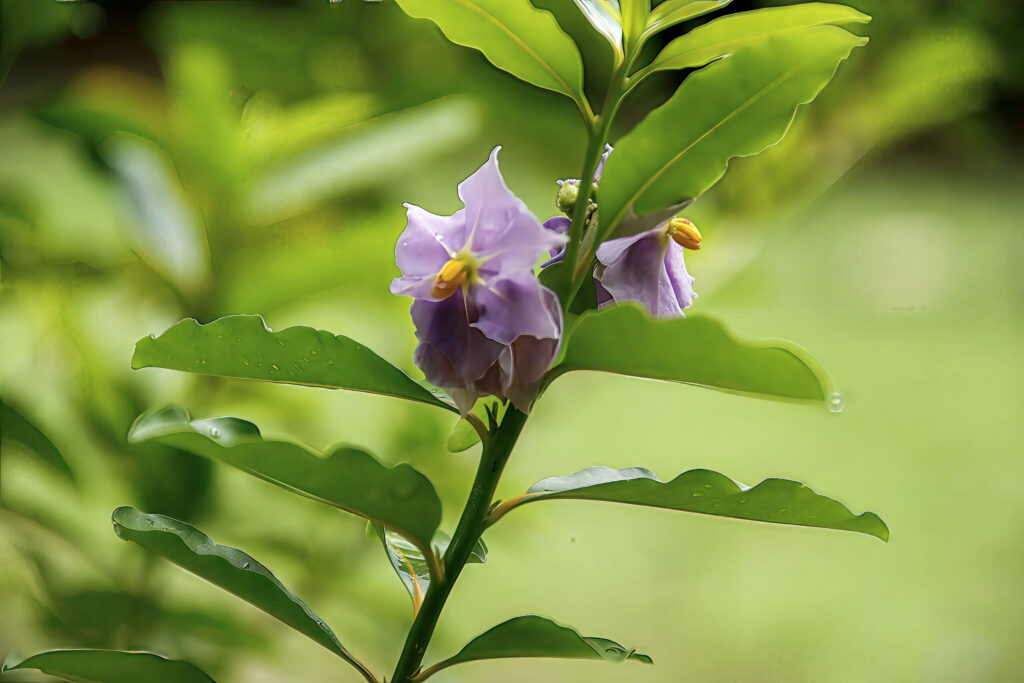
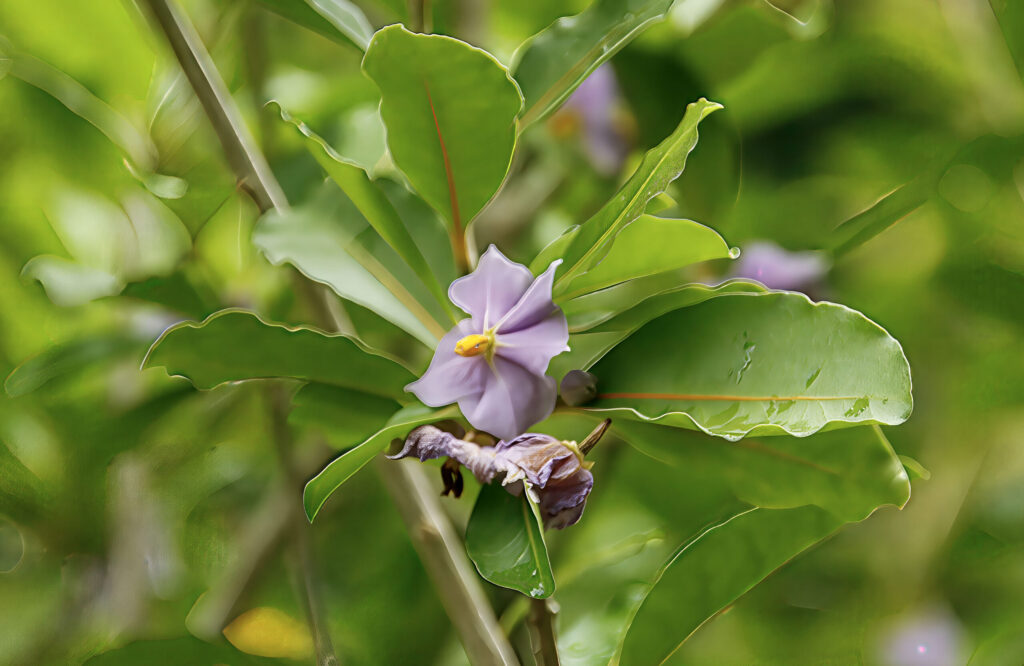
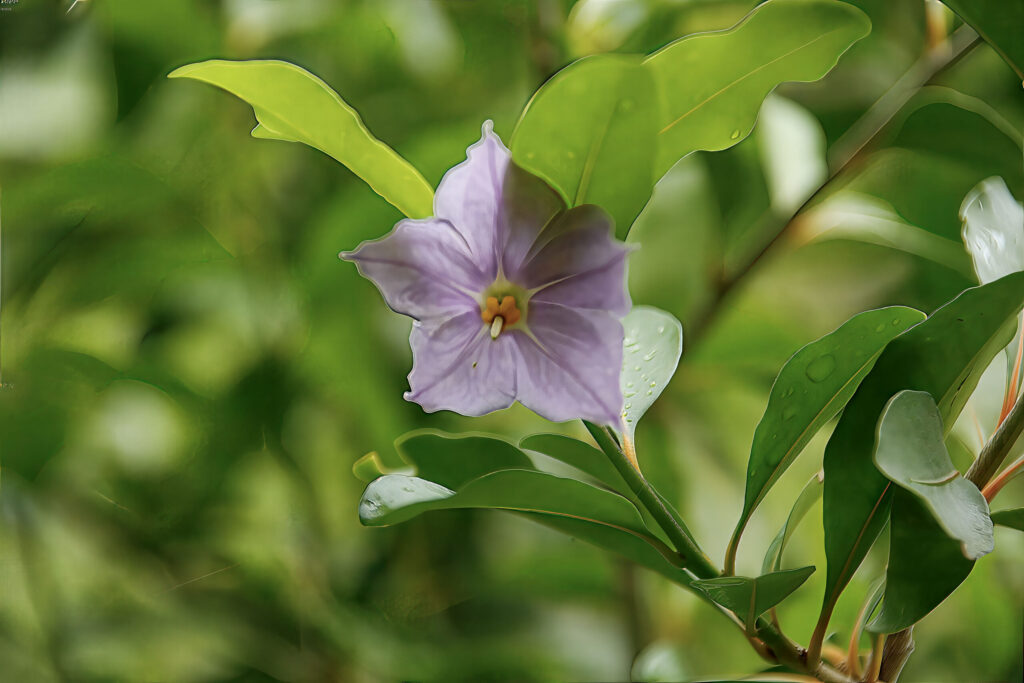
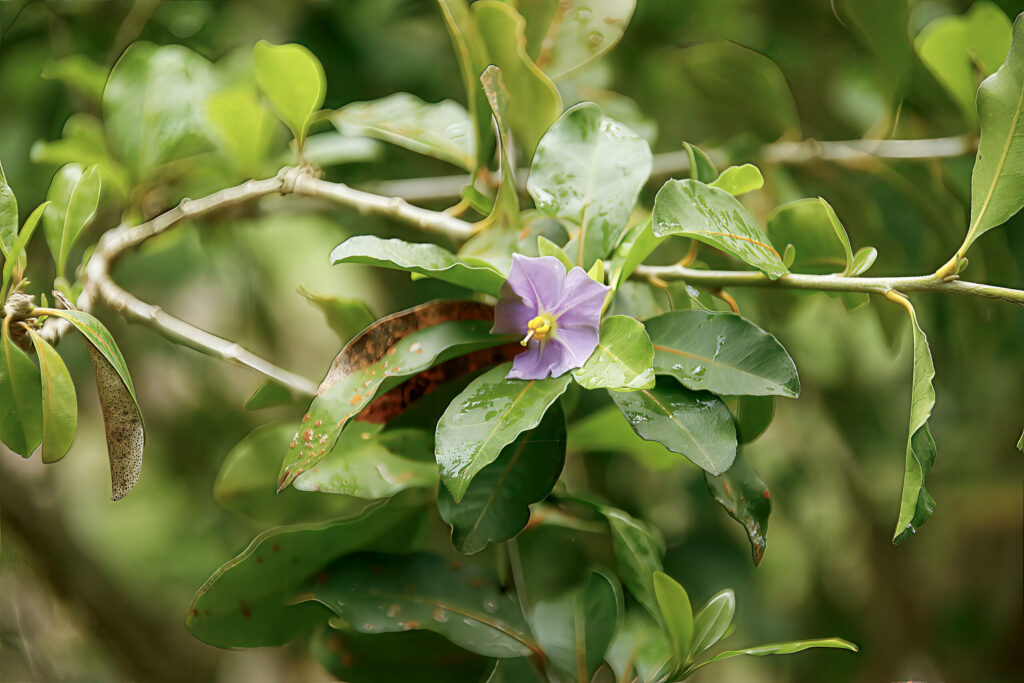
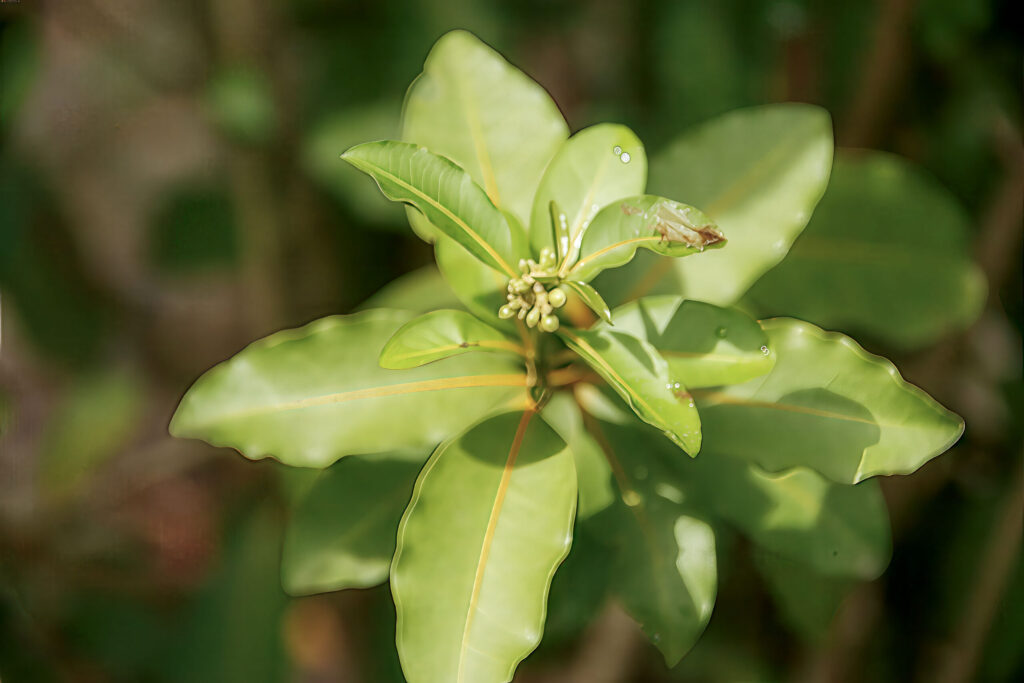
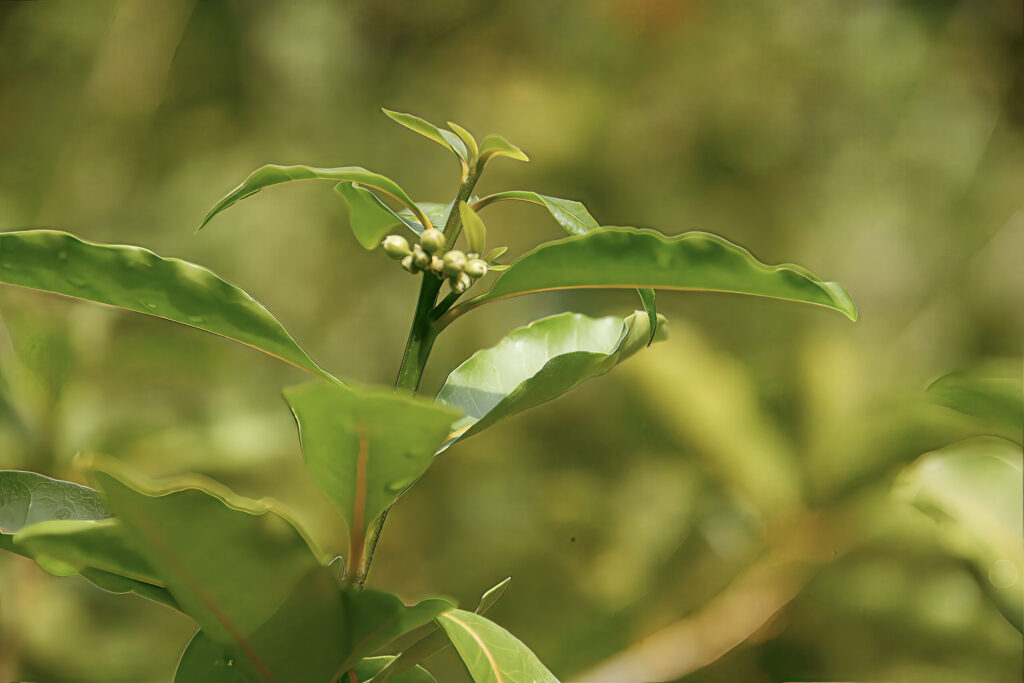
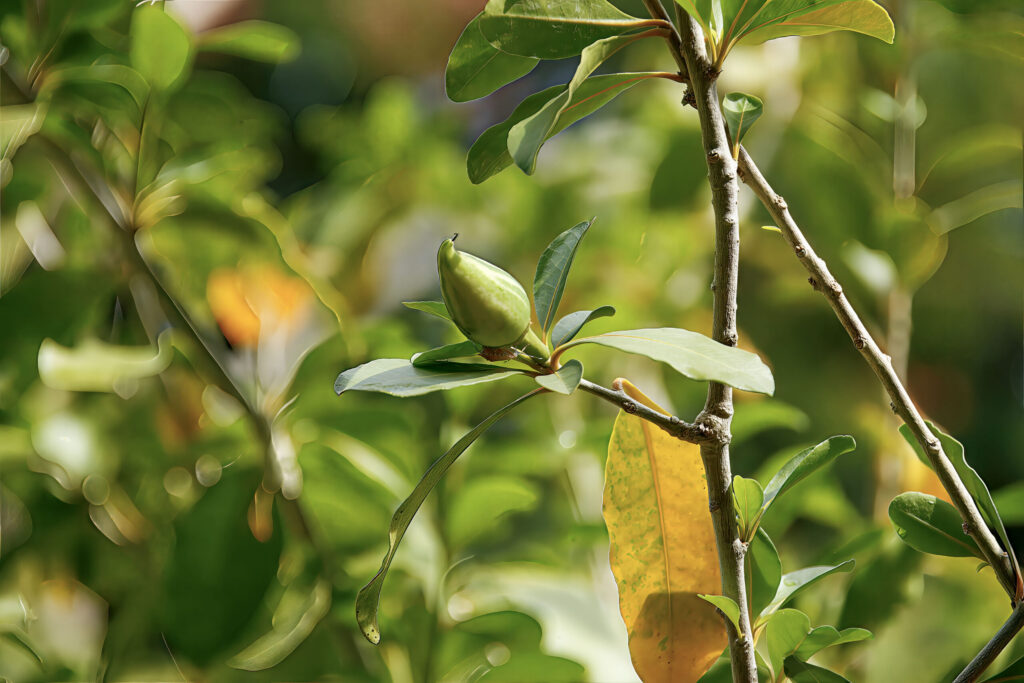
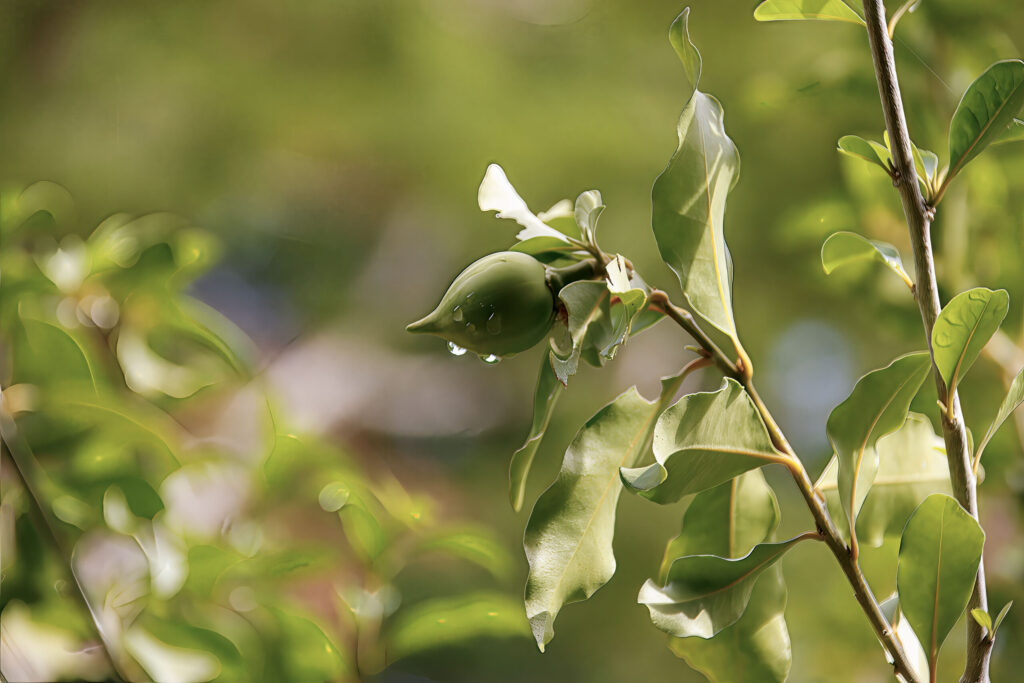
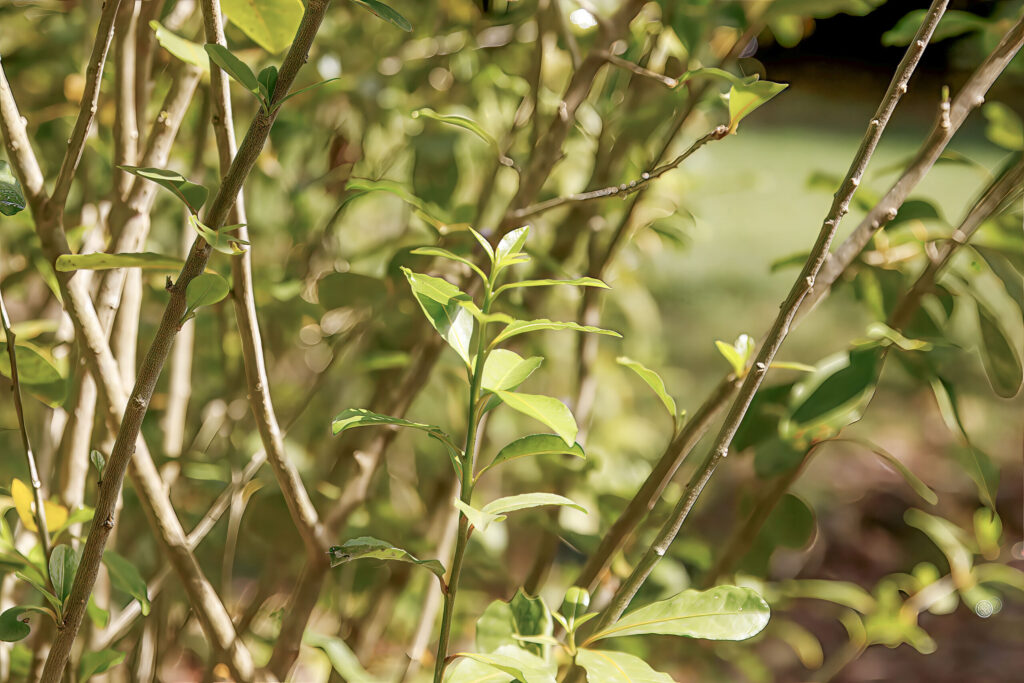
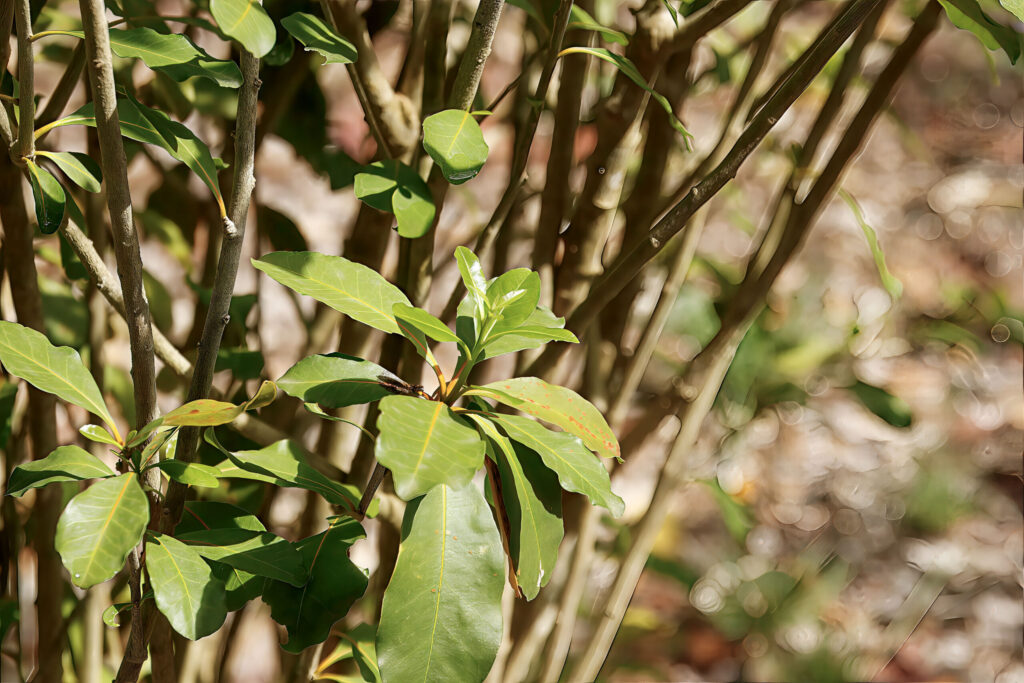
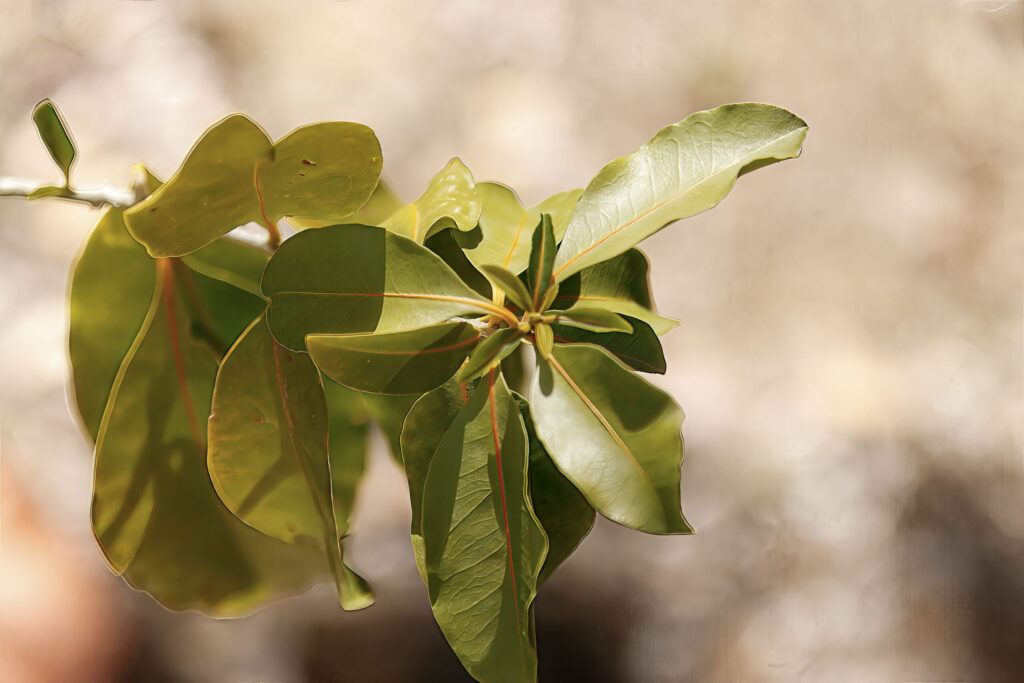
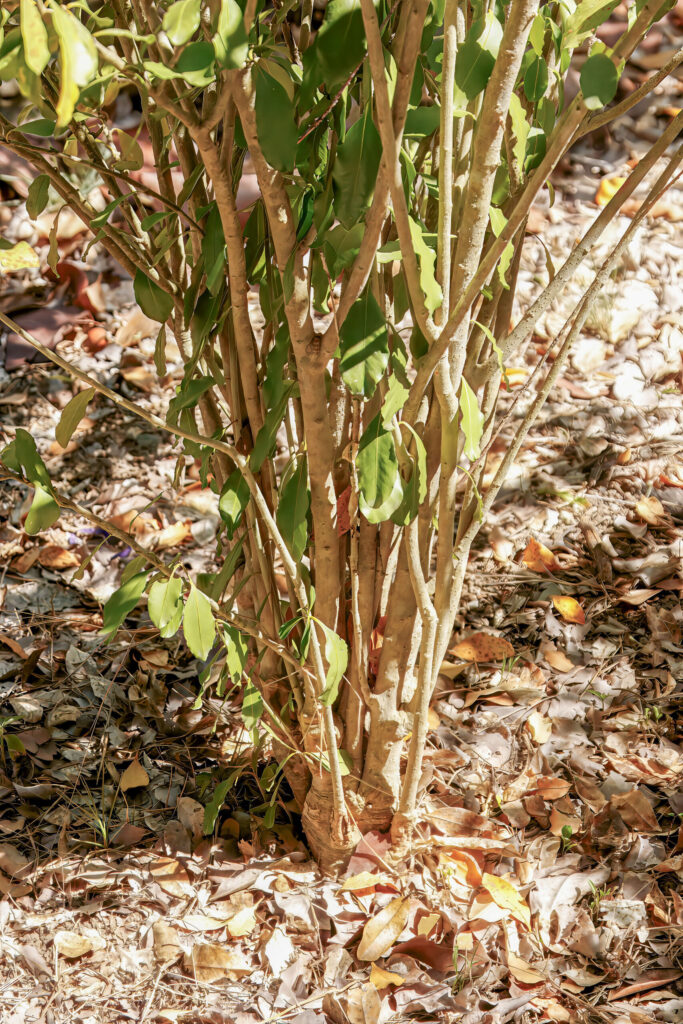
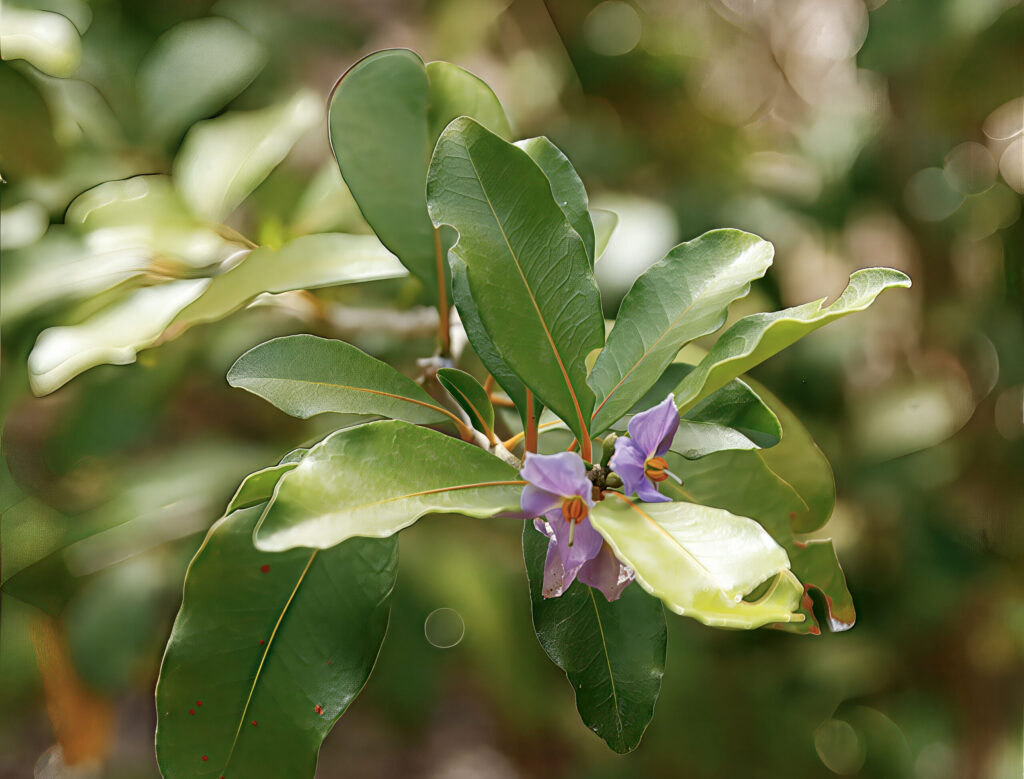
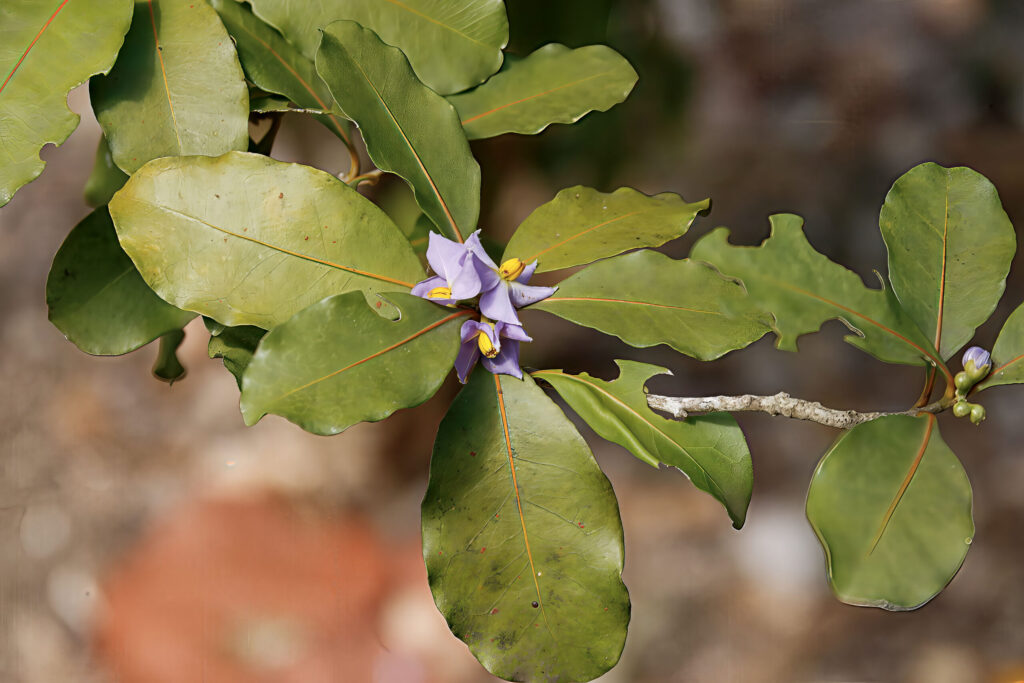
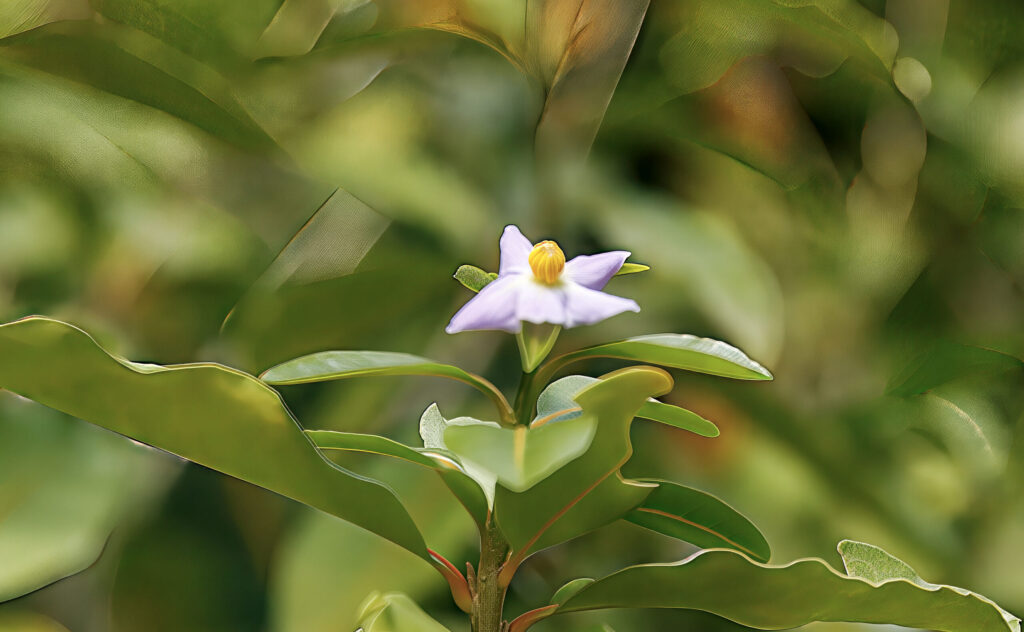
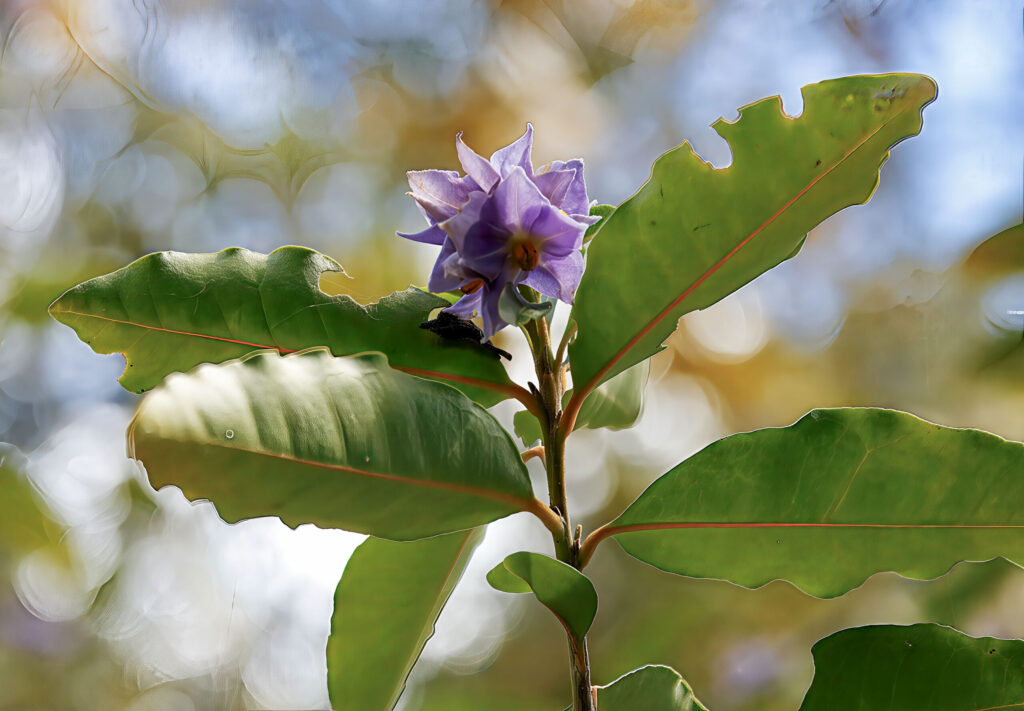
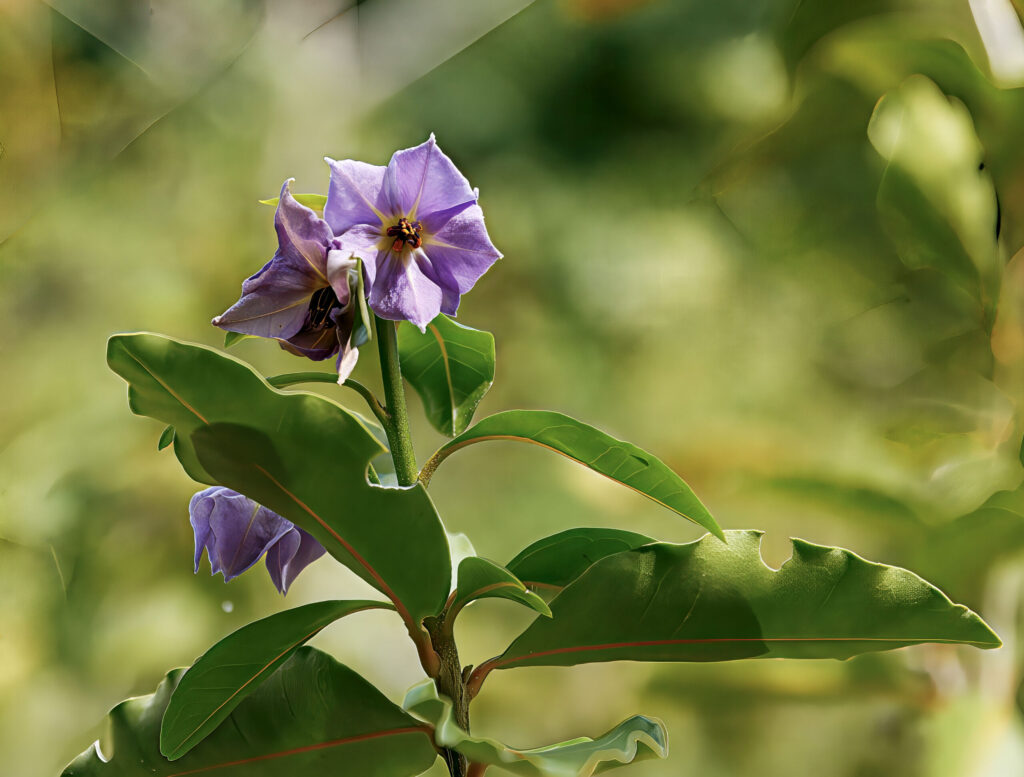
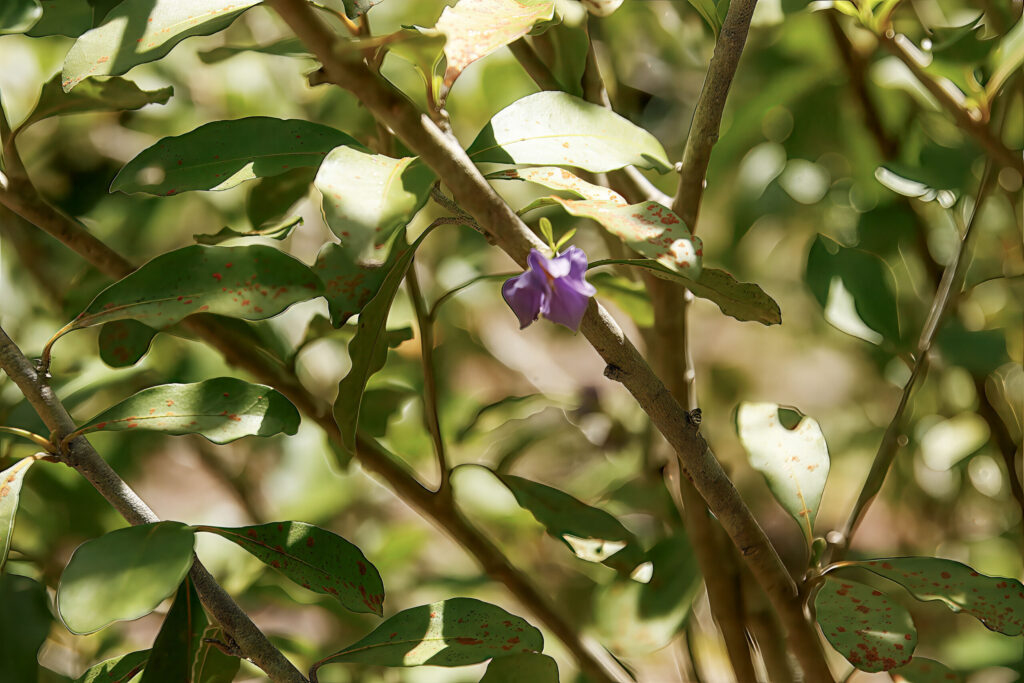

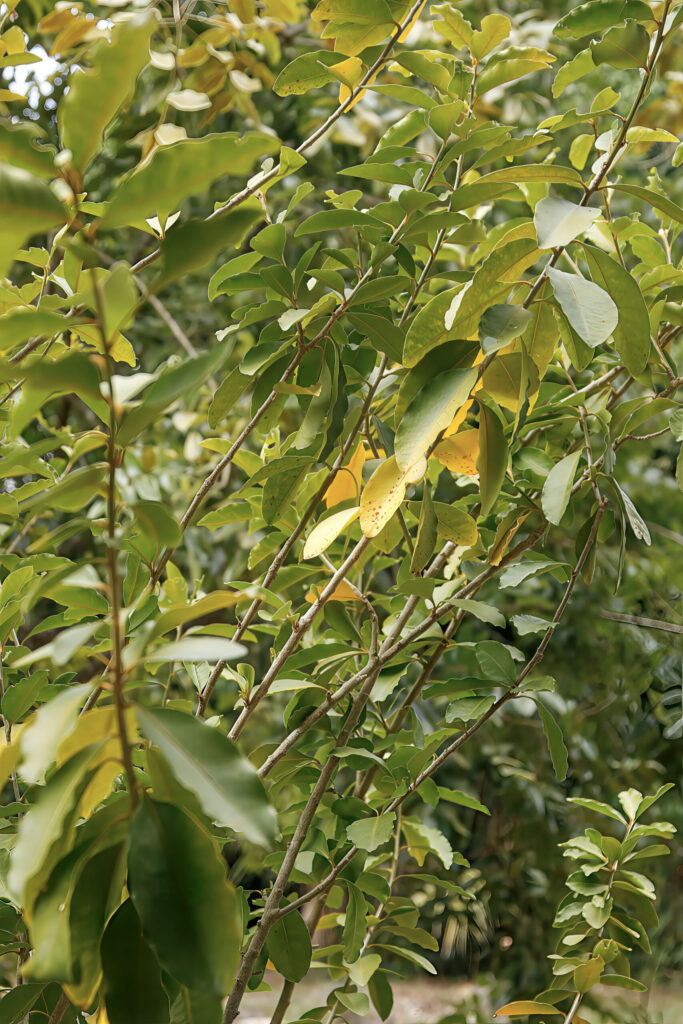
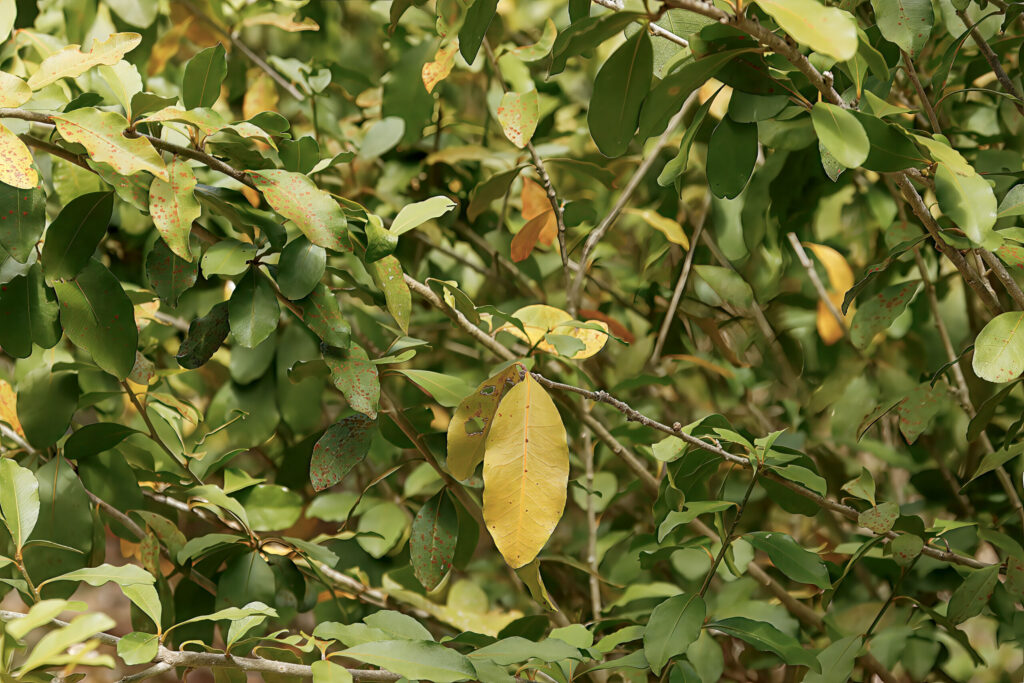
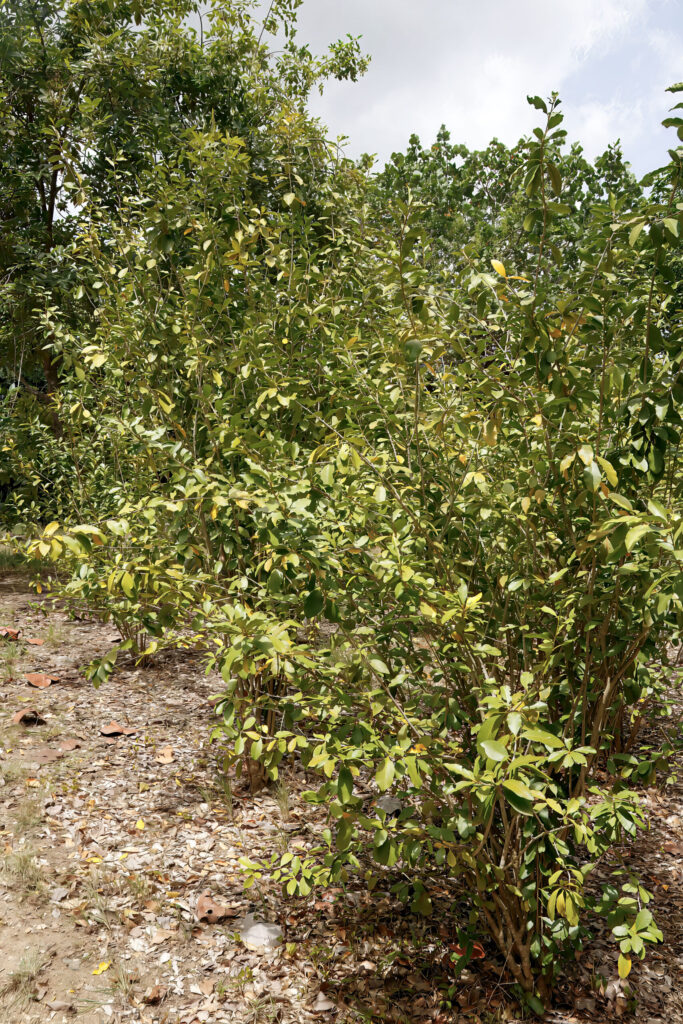
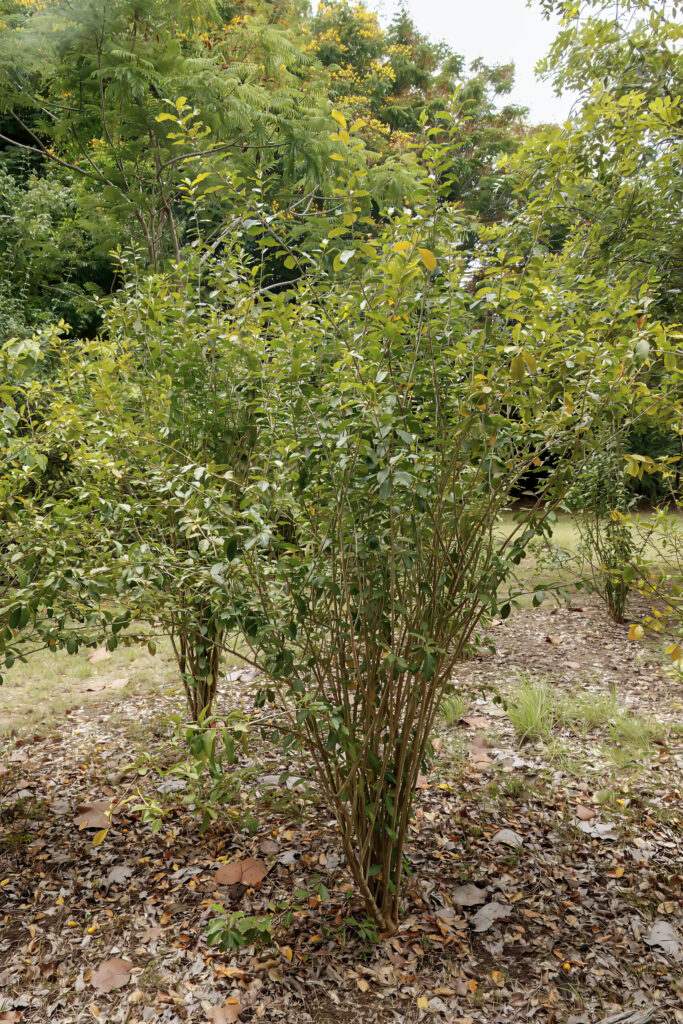
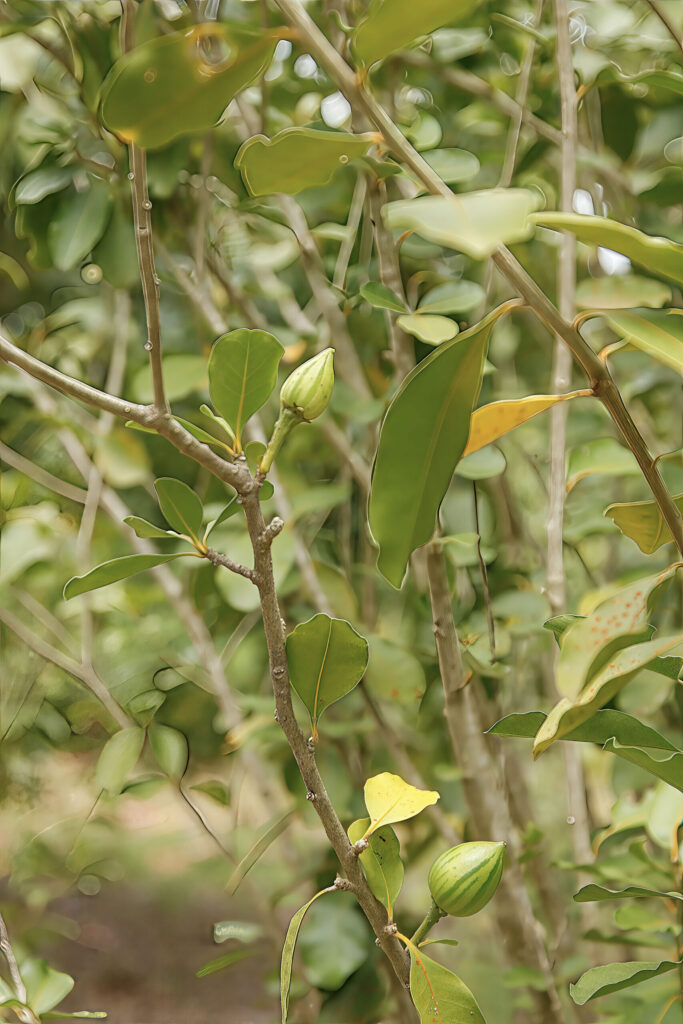
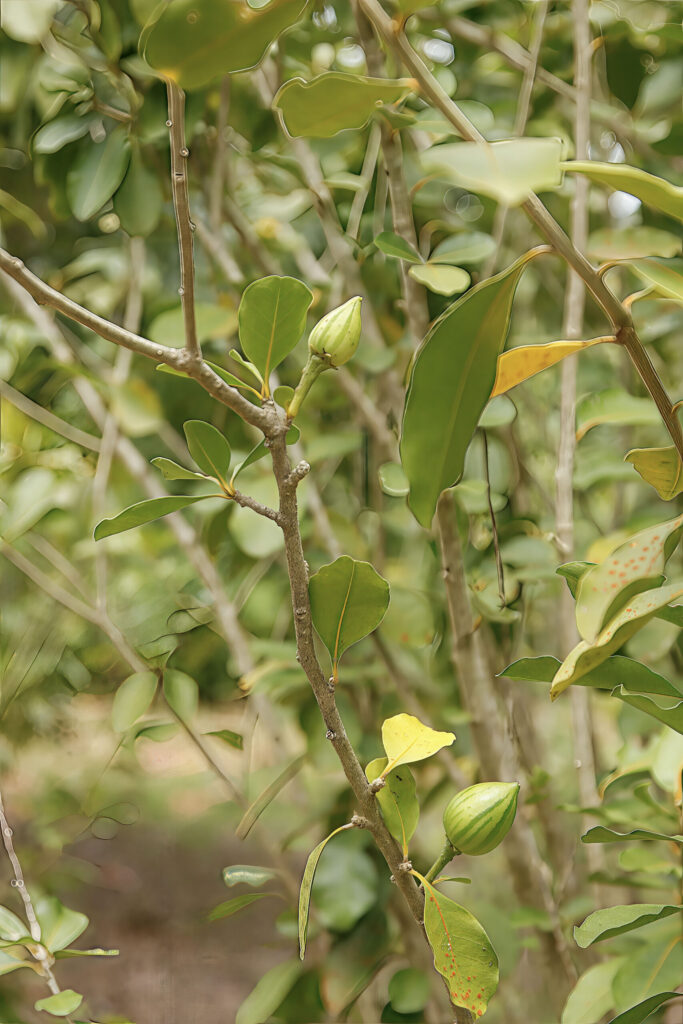
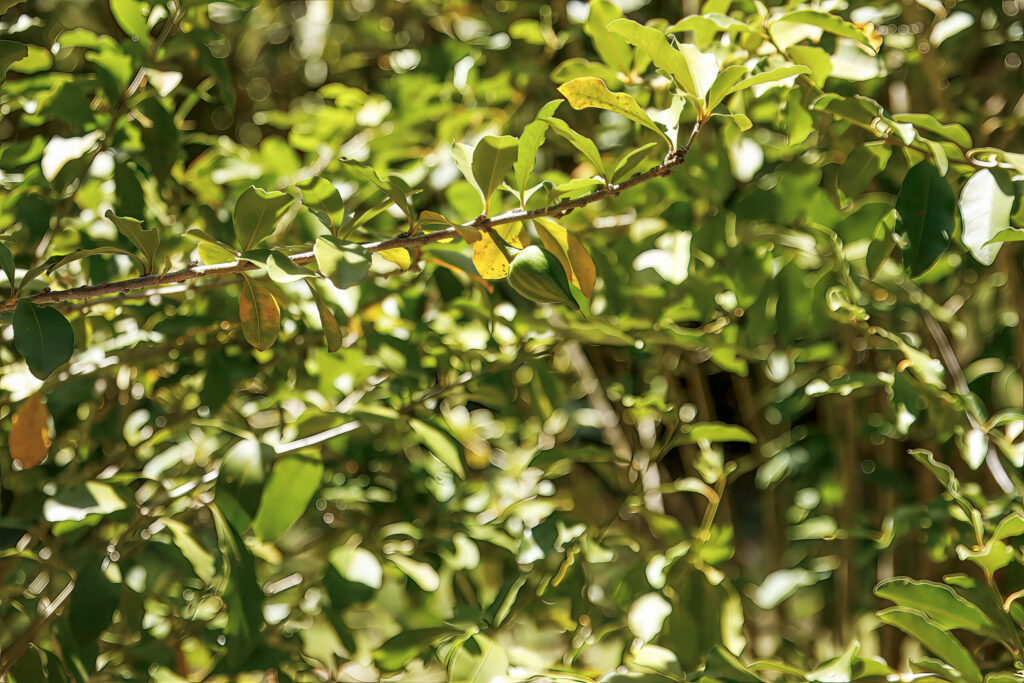
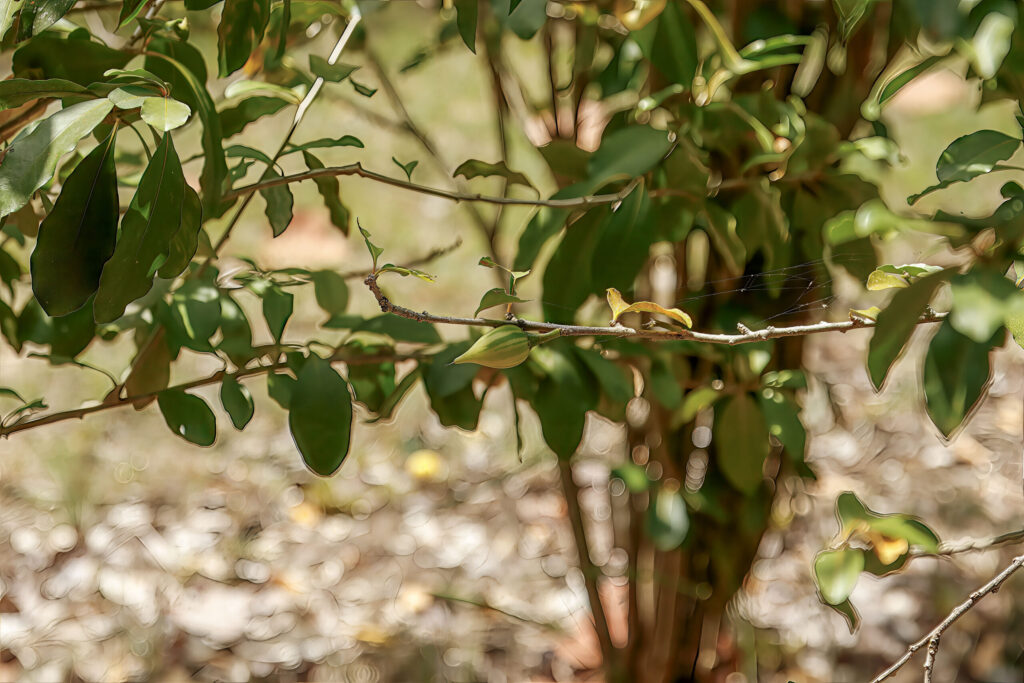
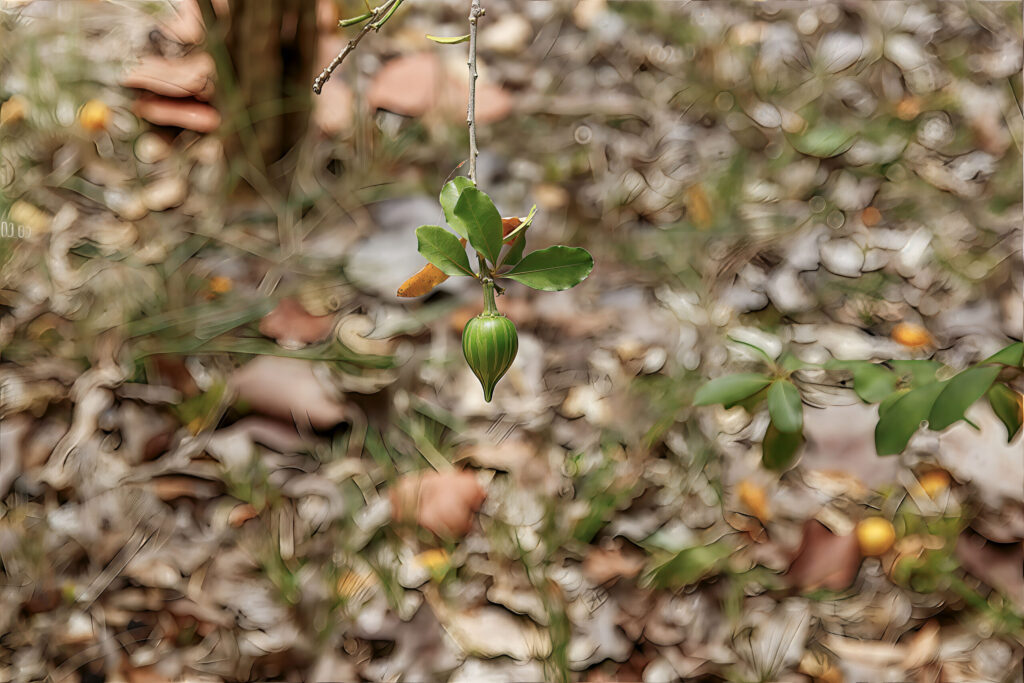
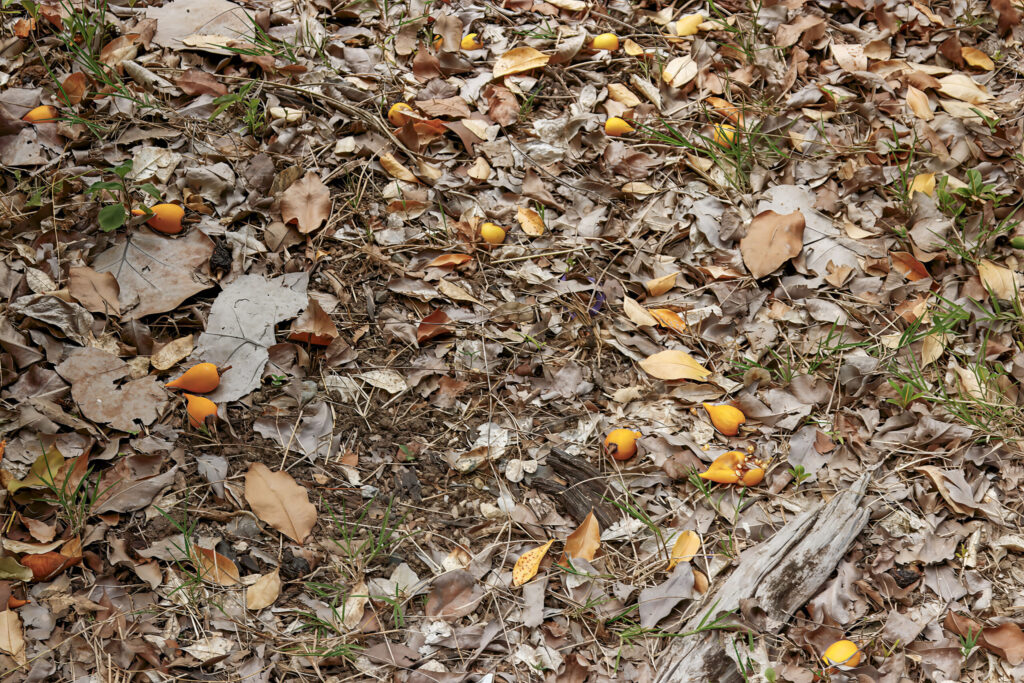
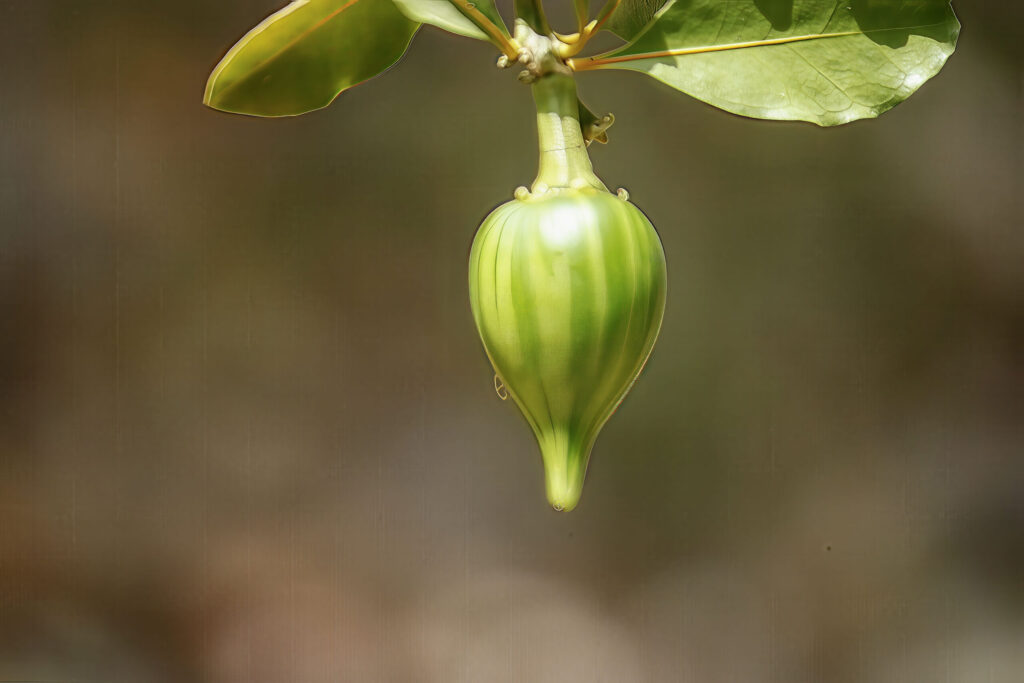
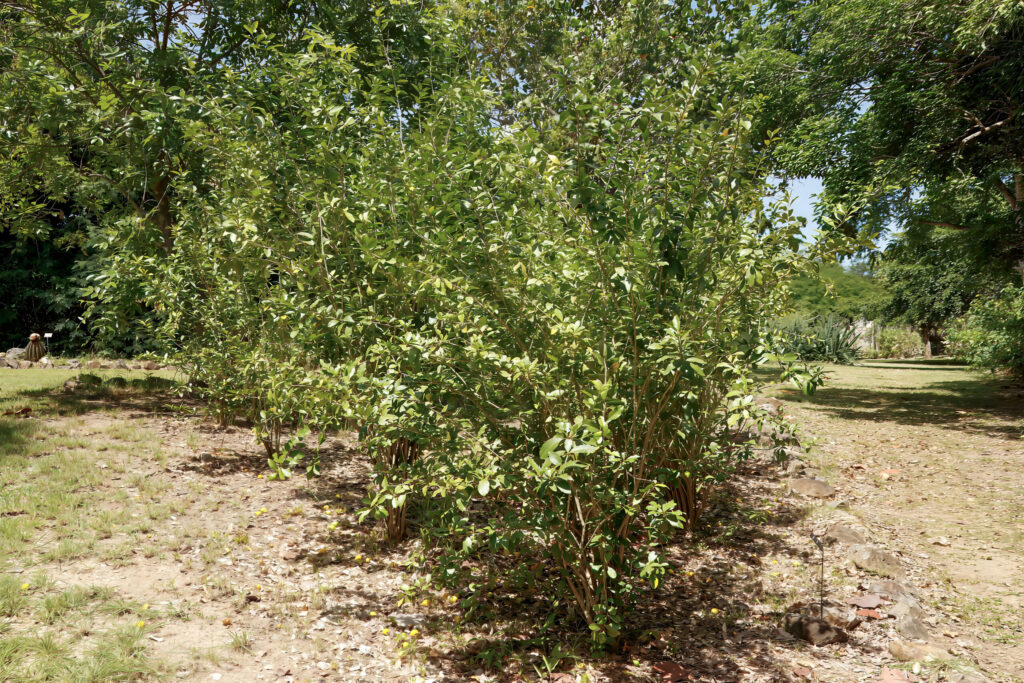
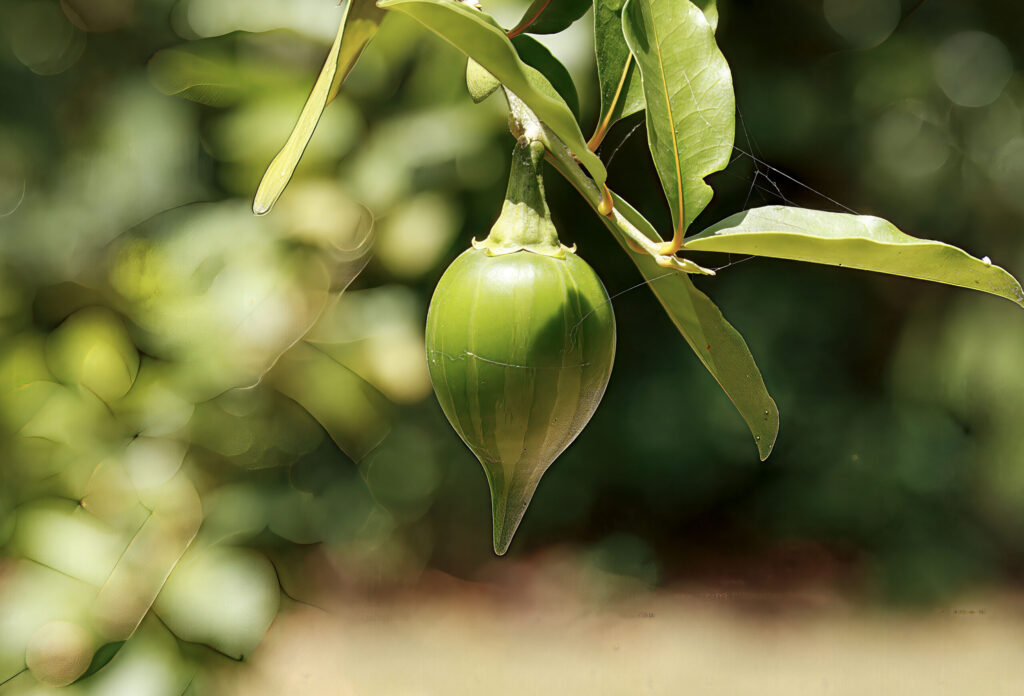
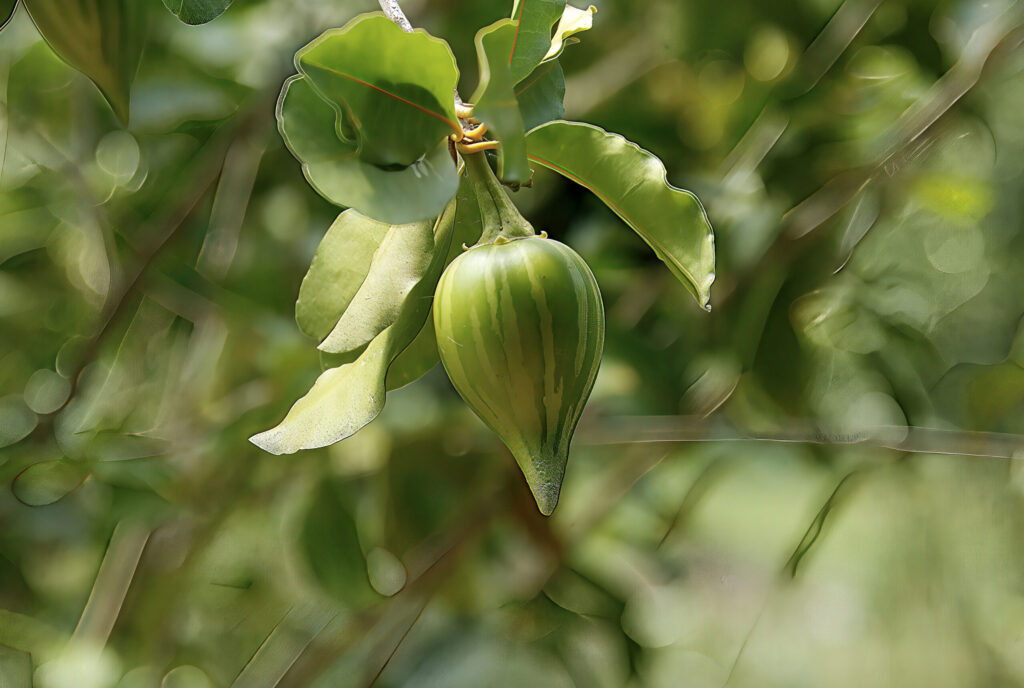
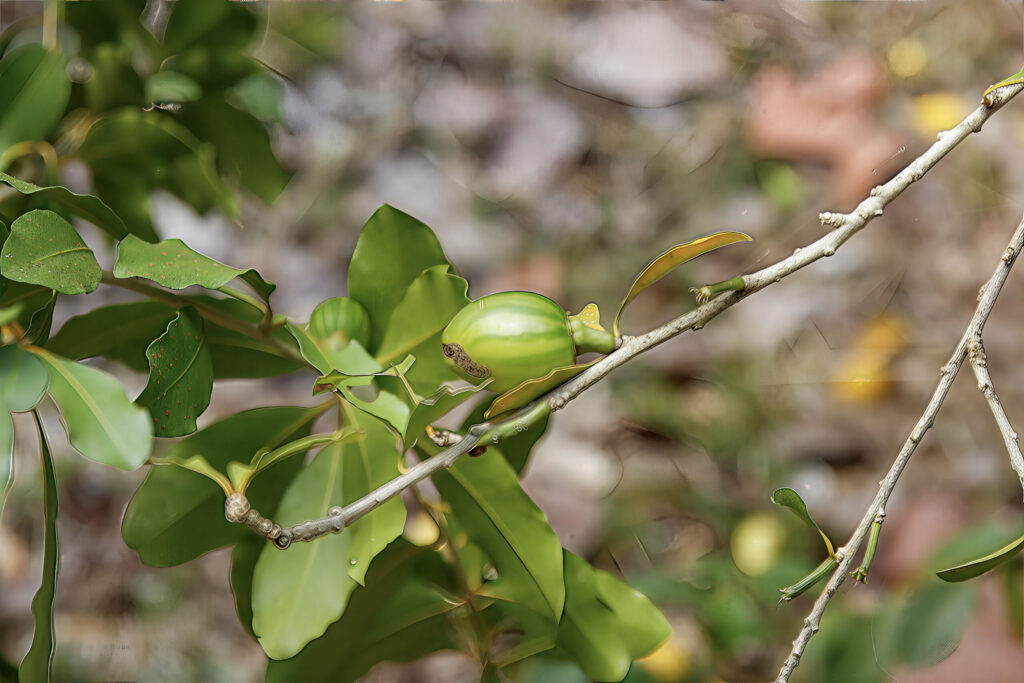
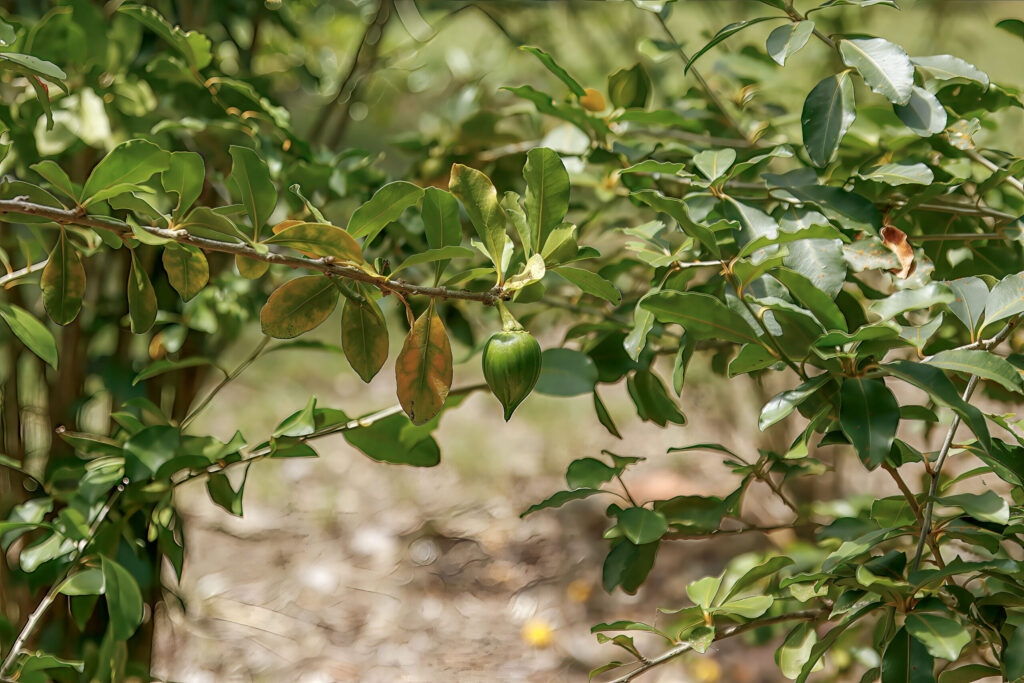
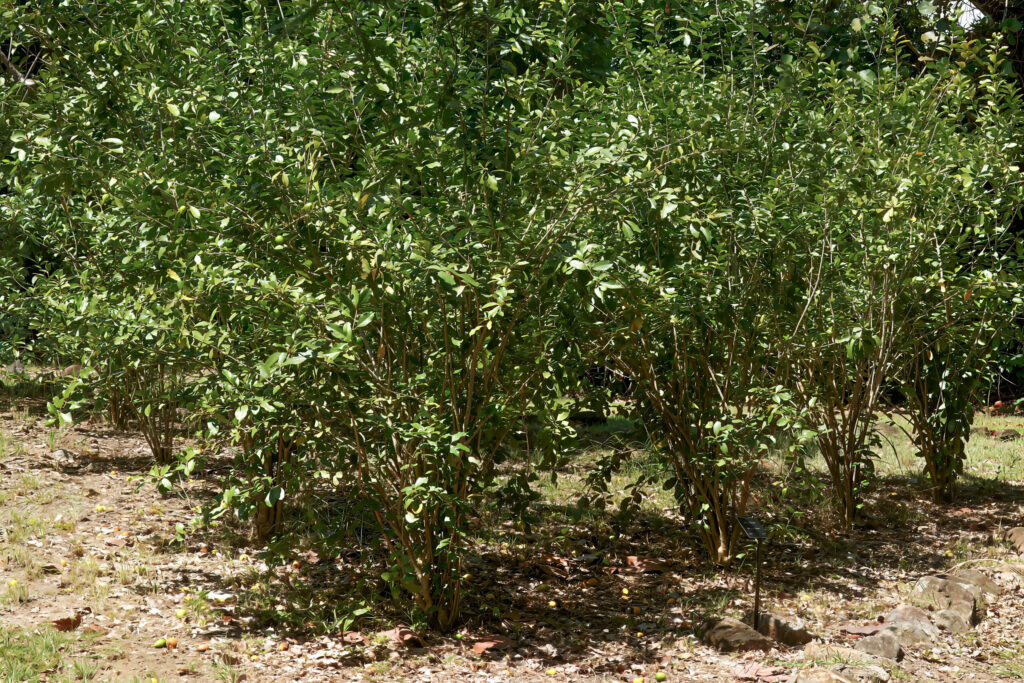
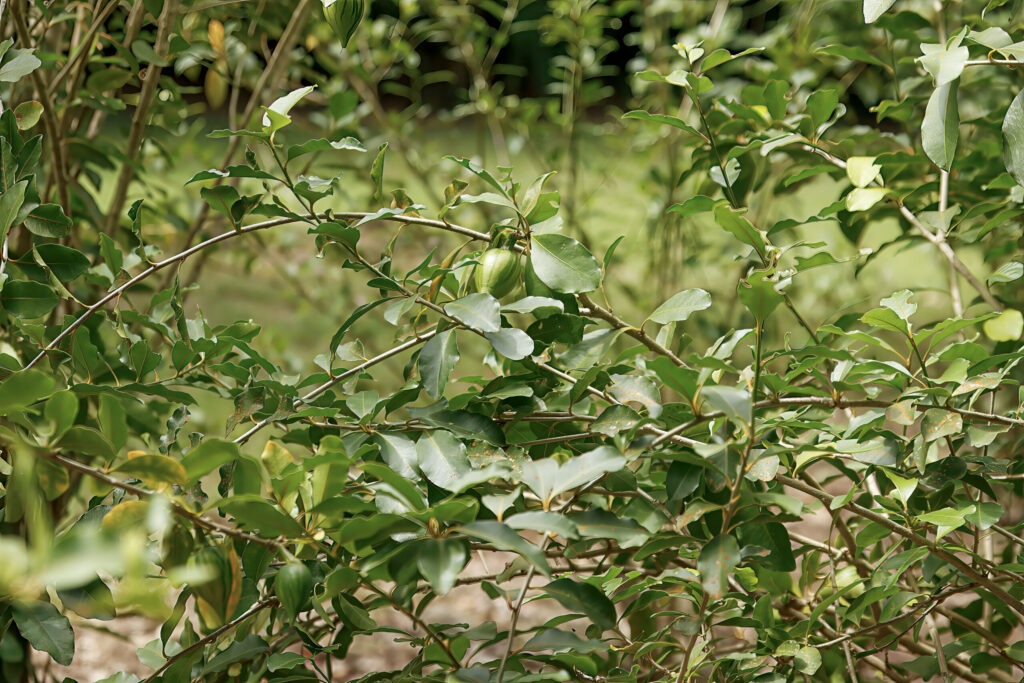
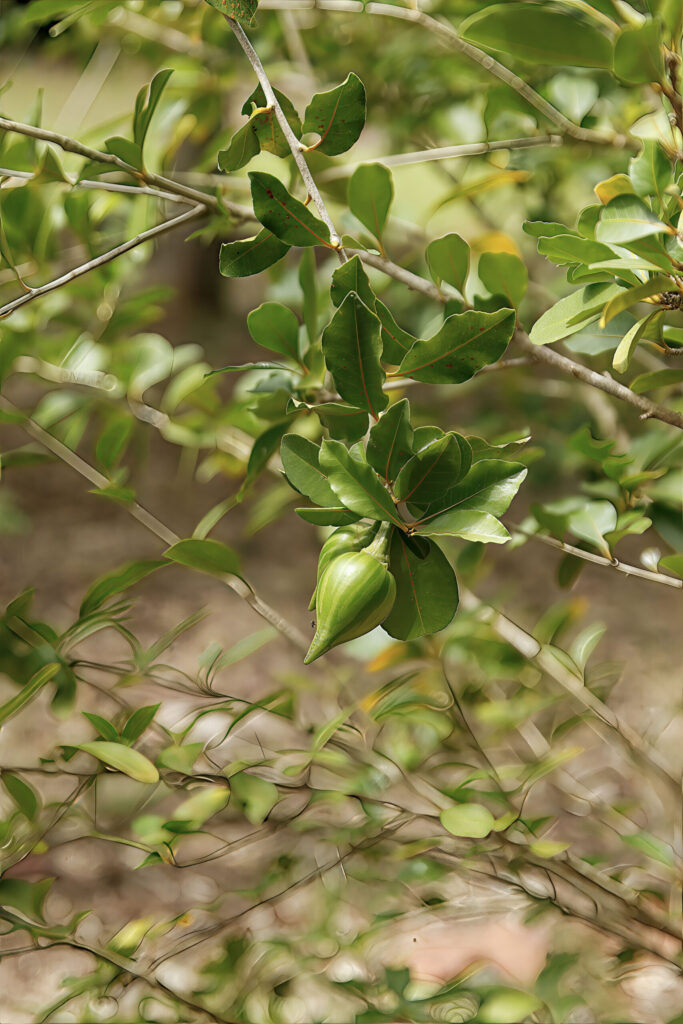
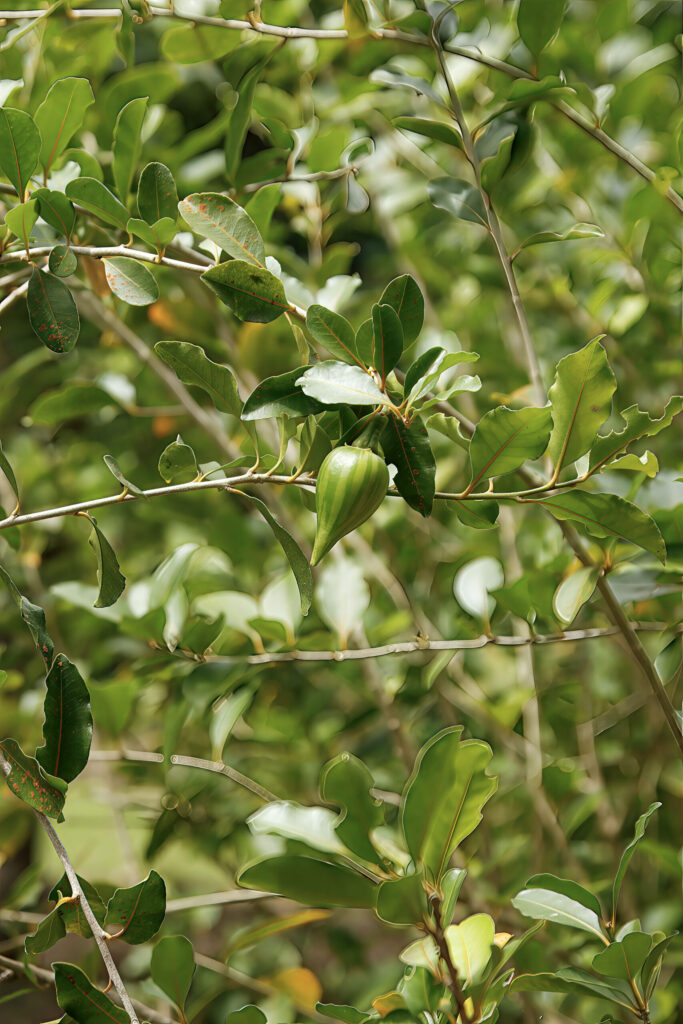
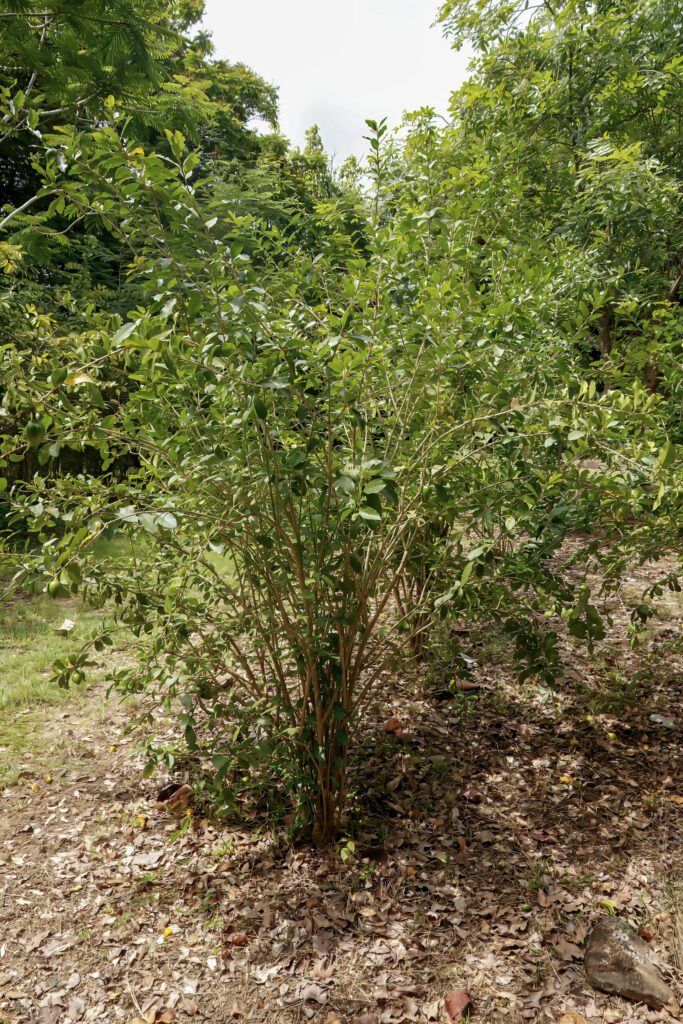
Family: Solanaceae (Nightshade family)
Form: Endangered woody shrub
Native to: St. John, U.S. Virgin Islands
Observations:
Phenological Markers – Marron Bacora (Solanum conocarpum)
1. Leaf Behavior
Marron Bacora is a semi-deciduous shrub or small tree, depending on environmental conditions.
- It tends to shed some or most of its oval, soft-textured leaves during the dry season, typically January to March.
- New leaf growth often appears with the arrival of early rains or humid conditions, especially from April onward.
- Leaves are slightly hairy, giving them a gray-green appearance.
Observation Tips:
- Track leaf loss and regrowth timing, especially in response to rainfall.
- Observe young leaf emergence, often a paler green and less hairy at first.
2. Flowering
Flowers are violet to purple, star-shaped with prominent yellow stamens, typical of the nightshade family.
- Flowering may occur year-round in moist conditions but often shows a peak between April and July in St. Croix.
- Flowers emerge solitarily or in small clusters from branch axils.
Observation Tips:
- Record first bloom, peak flowering, and any repeat cycles.
- Note pollinator activity, particularly small native bees or butterflies.
- Flowers may be short-lived but are frequently replaced when conditions are favorable.
3. Fruiting
Fruits are oval to egg-shaped berries, starting green and ripening to yellow or orange.
- Fruiting follows successful flowering and typically peaks from late summer to early winter (August to November).
- Fruits are edible to birds and reptiles, aiding seed dispersal.
Observation Tips:
- Monitor fruit set, color change, and any wildlife interaction.
- Document timing of fruit ripening and drop.
- Note whether flowering and fruiting overlap, which may occur in healthy individuals.
4. Conservation Note
This species is federally listed as endangered in the U.S. and faces threats from habitat loss, invasive species, and drought stress.
- Monitoring phenological behavior (flowering, fruiting, and leaf flush) can help inform recovery and restoration strategies.
- Every observation of a healthy specimen contributes to a better ecological understanding and conservation record.
5. Seasonal Pattern (St. Croix)
- Jan–Mar: Partial to full leaf drop
- Apr–Jul: Flowering and new leaf flush
- Aug–Nov: Fruiting and seed dispersal
- Dec–Jan: Possible flowering pause, leaf turnover
